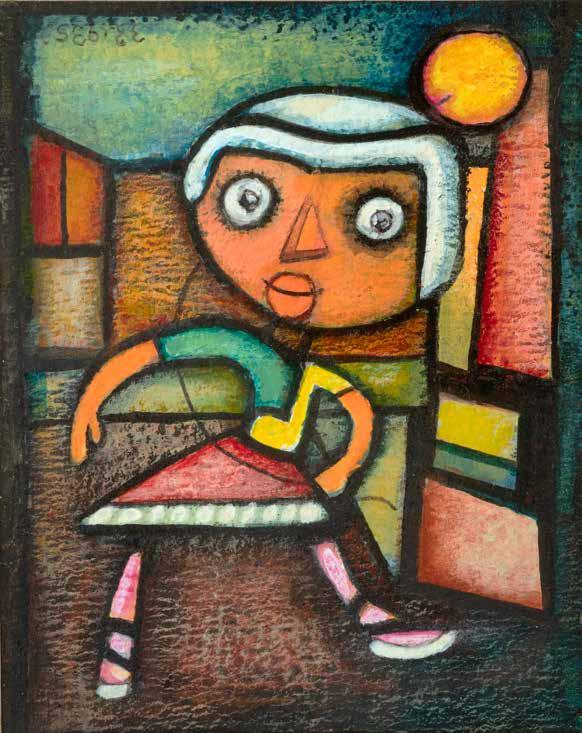
THE COLLECTION OF JEROME GRAY AND BRENDA SAYLES



THE COLLECTION OF JEROME GRAY AND BRENDA SAYLES

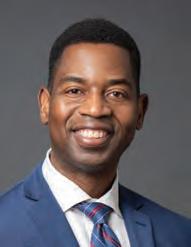
It is a privilege to introduce Searching for Cultural Identity: The Collection of Jerome Gray and Brenda Sayles. This special exhibition honors the life and legacy of a truly remarkable collector whose passion for art was matched only by his commitment to community and history.
Jerome Gray was a man of modest means—a career police officer in Washington, D.C.—who believed in the power of art to tell stories, preserve memory, and connect generations. Through decades of thoughtful collecting, he assembled a body of work that reflects not only artistic excellence but also the enduring values of resilience, creativity, and shared humanity. His collection—built quietly, diligently, and with great care—offers a window into the richness of American life and the contributions of artists whose work continues to inspire.
This exhibition is more than a tribute. It is an invitation to reflect, to learn, and to engage with the transformative potential of art. At UMGC, we are proud to be the first venue to present this collection to the public and, in doing so, to reaffirm our commitment to expanding access to meaningful cultural experiences and to celebrating the individuals who help shape our understanding of the world.
We extend our deepest thanks to the family of Jerome Gray and Brenda Sayles, to our curators and partners, and to all who made this exhibition possible. I hope that you find it as inspiring as I do and that it sparks curiosity, conversation, and a deeper appreciation of the stories that art can tell.
Gregory W. Fowler, PhD President University of Maryland Global Campus

I first heard about Jerome C. Gray as a patron of the arts about 25 years ago and later met him at Weschler’s Auction House while I was visiting Washington, D.C. We spoke about the works in the auction, and he reluctantly told me that he had a few pieces by African American artists in his collection. Naturally, we exchanged numbers. I was hoping to learn more about him as a collector and about his collection. Because he was very private about its breadth, only mentioning a piece here and there, this proved to be more difficult than I anticipated. However, the word among art collectors in the area was that he had a wonderful collection.
Born in Washington, D.C., Jerome attended its public schools and then Bowie State University for about three semesters, majoring in physical education. In 1969, he joined D.C.'s Metropolitan Police Department as a police officer, a job he held until he retired in 1994. Encouraged to collect art by African American photographer Gaston DeVigne, Jerome became interested in collecting African American literature and memorabilia as well in 1973.
I think I first saw works from his collection in the exhibition Holding Our Own: Selections from the Collectors Club of Washington, D.C., Inc., which was sponsored by the David C. Driskell Center at University of Maryland, College Park, and UMGC in 2007. The exhibition provided insight into Jerome’s collection and collecting practice. He explained, “When I started collecting, art just came up and grabbed me. I was not looking for art, but art was looking for me.” His massive collection included some of the country’s best-known African American artists, such as Lois Mailou Jones, Ed Dwight, Augusta Savage, James A. Porter, Edward Bannister, Alma Thomas, Dox Thrash, James Lesesne Wells, Elizabeth Catlett, Aaron Douglas, Sam Gilliam, and more.
Over the years, Jerome and I maintained a friendship even though I never saw his full collection. He served as an advisor to me, offering information about artists in the area. He lent works to the UMGC Arts Program, including two pieces for the Delilah W. Pierce: Natural Perspective exhibition.
With his passing, his wife Brenda Sayles had taken the torch to care for and create opportunities for the general public to view their vast art collection. She asked the Arts Program to be the first venue to mount an exhibition in Jerome’s memory. This exhibition consists of works by artists who have been exhibited in renowned museums and galleries and graced the pages of many noted art books. Now the entire Arts Program community can witness the results of Jerome’s passion.
I would like to thank art collector Franklin Jackson and conservator Barry Lester for their hard work in helping coordinate this effort. Their steadfast commitment to art and to Jerome’s collection has been immense, and we would not have been able to move this project forward without them. Brenda passed away in the middle of this undertaking, so this exhibition is dedicated to both Jerome Gray and Brenda Sayles. May they rest in peace.
Eric Key Director, Arts Program University of Maryland Global Campus
We would like to thank the family of the late Jerome Cecil Gray and Brenda Sayles for making it possible for us to show pieces from their collection. Jerome may have been the expert behind it, but Brenda was there with him every step of the way. They worked hand in hand to create a timeless tribute to the triumph of the human spirit that so brilliantly characterizes African American art.
There are all kinds of treasures that we dream of acquiring in life. Some say that the visual arts offer the most culturally rewarding treasures, while at the same time providing the potential for tremendous financial rewards. Like all treasure hunters, those who collect art believe that it is critical to know what you are looking for and where you must go to find it. Jerome made himself into one of the most accomplished hunters of African American art treasures in the Washington, D.C., metropolitan area that we have ever seen.
He was a lifelong civil servant and a man of modest means, which makes his art acquisitions all the more amazing. Not only did he acquire the work of some
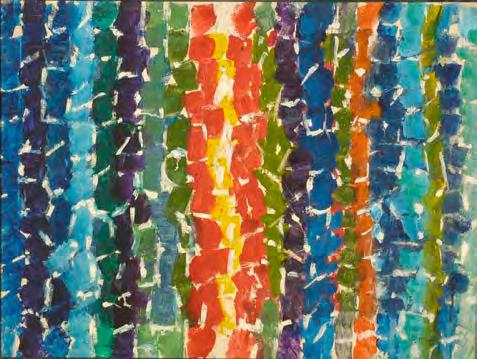
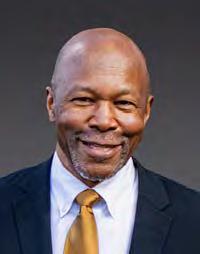
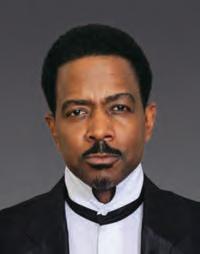
of the most prominent African American artists of his time, he also acquired work of significant historical importance. For instance, over the years, Jerome had several paintings in his collection from legendary abstractionist Alma Thomas. At one time, the collection even contained Etude In Color, a seminal painting of geometric patterns that was a prominent part of the collection of the Barnett-Aden Gallery, which was the first successful private African American art gallery in the United States. That painting alone has been estimated by some to have a value exceeding $2 million.
Jerome may not have acquired a more historically important painting than the portrait of Frederick Douglass created by early Washington, D.C., painter and photographer Daniel Freeman. That painting was prominently displayed in a major exposition in 1895 and was also included in Smithsonian exhibitions in 1983 and 1995. In addition, Jerome acquired a rare Wilmer Jennings painting of a landscape; a Hughie Lee-Smith painting that appears to be a youthful self-portrait; a pristine Edward Bannister landscape rumored to have been previously in the collection of another prominent African American art collector; and a large painting by Alice Taylor Gafford, who was referred to as the “dean of Black artists in Los Angeles” in the 1950s.
Jerome certainly was diligent about collecting the work of Washington, D.C., artists. In addition to pieces by Alma Thomas and Daniel Freeman, he had multiple paintings by John N. Robinson, whose work is difficult to find. The several fine works of art by Lois Mailou Jones in the collection evince Jerome’s proclivity for the paintings of Howard University professors. Others in the collection who taught for some period at Howard include James Lesesne Wells, Lucille “Malkia” Roberts, Doris E. Hughes, Delilah Pierce, Michael Anthony Brown, and of course James Amos Porter.
Residing in the collection are works of several other D.C. artists, including Charles Sebree, Richard W. Dempsey, Sam Gilliam, Simmie Knox, Herbert House, and master printmaker Lou Stovall. Speaking of printmaking, one of the several Sebree works in the collection is a signed print, which is extremely rare from this artist.
Jerome also collected art with Black images that may not have been created by African American artists. Some of these works are unsigned; some have signatures of artists not widely known. In addition to artwork, Jerome collected a good deal of memorabilia. Two prominent examples included in this exhibition are a wanted poster for a person who escaped enslavement in the Anacostia section of Washington, D.C., in 1857 and a signed carte de visite (visiting card) from Charles Remond Douglass, the youngest son of Frederick Douglass. The card’s photo depicts the young Douglass, the first African American man to enlist in the Union Army in New York, seated in his Civil War uniform.
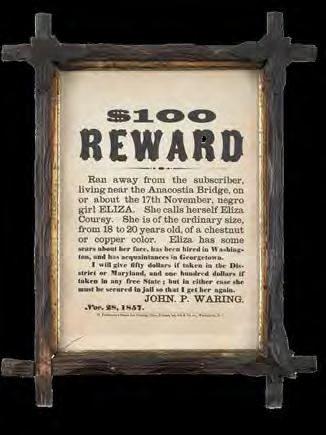

was so devoted to spreading what he learned to others that he started a company, Art Sensation, to disseminate the burgeoning scholarship surrounding African American art. As a bookseller dedicated to educating others about this long-neglected art genre, he sold books to collectors, museums, universities, art dealers, and many others all across the country.
Lastly, no discussion of Jerome would be complete without telling the story of the “four p’s”—i.e., the policeman, professor, preacher, and postman. Jerome was the policeman, and the other three p’s were collectors of African American art with whom Jerome compared himself and engaged in friendly competition. The professor was the late James Hill, who taught science at Howard University. The preacher was the late Rev. Douglas Moore, who was married to artist Doris E. Hughes. The postman is Kerry Davis, who lives in Atlanta and is the only one of the four p’s not to reside in D.C. Jerome always had a big grin when discussing the four p’s, because he believed that art collecting is an endeavor that should bring people together. Jerome and Brenda met frequently with Hill, Moore, and his wife Hughes. The interactions with Davis were less frequent but just as meaningful.
The collection of art on display at UMGC represents the union of Jerome and Brenda and their many friends.
This collection was largely built before the days of internet convenience. Jerome developed his knowledge of what to buy and where to buy it before the internet put that type of information at people’s fingertips. He realized the importance of reading about artists and
It also represents how we are connected by a culture unique to African American people and those who appreciate us. We thank the UMGC Arts Program for giving us a forum to put this work on public display. The curators sincerely believe that Jerome and Brenda are sharing great celestial smiles over this beautiful exhibition.
Jackson, Art Collector Barry Lester, Art Conservator
BY HALIMA TAHA
Sun poured through the backyard branches, dappling the table where Jerome Gray sat, his eyes alive with the spark of memory and the warmth of family. To know Jerome was to enter a world first and foremost grounded in his family—as a son, brother, cousin, husband to Brenda, father, and friend. Every conversation began with gratitude for God’s blessings and his deep appreciation for loved ones. “Family is where my world begins,” Jerome said. “Everything else—fishing, helping at church, art—it’s all ways to show I care about the people around me.”

When we first spoke—while I was researching my book, Collecting African American Art: Works on Paper and Canvas I was struck by the intimacy of his stories and the humble, hard-earned joy of his daily routines. Having retired from the Washington, D.C., Metropolitan Police Department, Jerome lived a sensory-rich life selling art and books part-time, the spirit behind Art Sensation. His world was alive with sound, touch, and smell—the creak of screen doors, the warmth of Brenda’s hand in his, the sweet tang of summer air on fishing trips, the citrus and paper aroma of an old book. He cherished the strong voices of the choir at church on Sunday mornings and the laughter of his grandchildren tugging at his sleeve as he leafed through auction catalogs in the quiet hours.
His philosophy of collecting was rooted in humility, curiosity, and faith. “The things that keep me going are simple,” he shared. “Being with family, casting a line in a quiet pond, an honest Sunday at church, losing myself in a good book, and the thrill when a piece of art catches your heart.” Yet within that simplicity was a deep reverence for the journeys of others and the importance of memory.
For Jerome, a pivotal transformation came after high school, when a friendship with an antiques dealer and a deepening love for African American history led him to read Narrative of the Life of Frederick Douglass, an American Slave, Written by Himself. “Douglass’s words wake you up inside,” Jerome reflected. “It gave me pride to know I come from that strength.”
One radiant morning, Jerome was driving Brenda to the beauty parlor. As he passed a thrift shop, fate beckoned—a bold black portrait of Frederick Douglass was propped on a battered chair outside. Jerome’s heart leapt. “That face called out to me. Right after reading Douglass,
I felt like I was meeting him all over again.” He hurried Brenda to her appointment, then spun back, praying the piece remained unseen by other passersby. “I grabbed that drawing—Daniel Freeman’s name in the corner—and felt lightning run through me. Like holding history in your hands.” Awe, disbelief, pride, purpose—Jerome was changed.
Through finely honed detective skills, Jerome set out to discover the identities of the subjects in three paintings by Freeman he acquired over the course of two years. His perseverance led him to uncover that the artist was the first Black bicycle repairman and photographer in Washington, D.C., and that his works had narrowly escaped destruction owing to the empathy of an elderly executor of Freeman’s estate. “There are some things so beautiful, so full of hope, you can’t destroy them. They’re what’s left of a man’s soul,” she told Jerome. He nodded, understanding. “She showed me—legacy's bigger than law.”
Jerome relayed his excitement and discoveries with contagious enthusiasm. His vivid stories drew me to dig even deeper into the lives of the figures in the paintings he uncovered—especially a gentle-eyed little girl named Della.
Della Bundy: Identity, Imagination,
Della was the daughter of Delilia Freeman Bundy (the artist’s sister) and James Franklin Bundy, who was appointed secretary-treasurer of the Howard University law school faculty in 1890. As Jerome and I spoke, it became a cherished ritual to envision Della’s world together. “Picture Della waking up in a grand old house just off campus,” Jerome would muse, letting his imagination spin. I would add details—her mother’s and father’s books lining the halls, sunlight on the stair rails, the far-off voices of Black faculty and neighbors floating in through the windows. We imagined the sounds of choirs, the rhythm of children’s laughter, the hum of pride and possibility—always knowing that hope, for Della, moved inside invisible boundaries.
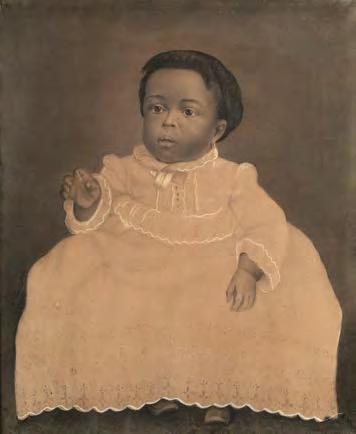
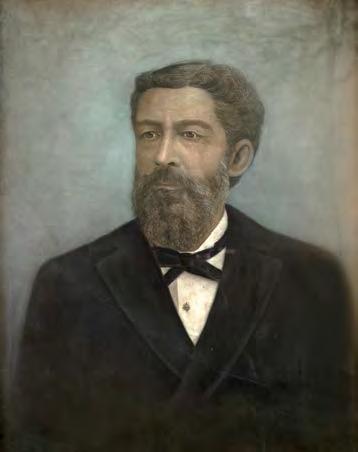
Top to bottom: Daniel Freeman, Della Bundy, 1898, graphite on paper, 24 x 221/2 in.; Daniel Freeman, John Mercer Langston, 1893, pastel on board, 29 x 24 in.
James F. Bundy’s era at Howard was forged in the struggle after Reconstruction—a time when possibility flickered amid the return of color lines and D.C.’s Black elite built protection and promise in a city of pain and ambition. Bundy experienced Howard’s expansion, raised the presence of Black scholars, and kept hope alive for students and families like his own, making the university a national home for learning and activism even as society narrowed outside its walls.
“How must it have felt,” I once asked Jerome, “to carry so many dreams while watching the world place fences around them?” Together, our storytelling reached through the years, a form of love and honor that made the portrait more alive with every tale.
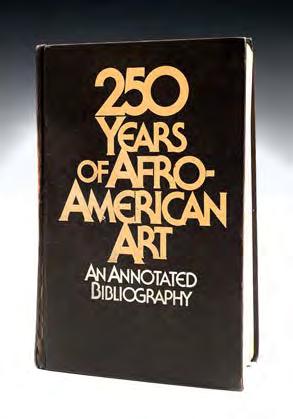
Containing approximately 25,000 citations
Curious about the dignified man in another of Freeman’s paintings—a man Jerome identified as John Mercer Langston (1829–1897)—I researched further. Langston was a towering leader: the first Black man elected to public office in the United States, first Black congressman from Virginia, founding dean of the law school at Howard and first Black law professor there, abolitionist, recruiter for Union Black regiments, first president of what is now Virginia State University, U.S. minister to Haiti, advocate for public education and women’s rights, and more.
Langston’s unwavering dedication to justice intertwined with the extraordinary life of Edmonia Lewis (1844–1907), the trailblazing African American and Native American sculptor. In 1862, while a student at Oberlin College, Lewis was accused—without evidence—of poisoning two white classmates. The accusation was fueled by racial and gender prejudice and quickly became a perilous scandal threatening her life and future.
Langston, then an attorney in Ohio, undertook the legal and moral challenge of proving her innocence. His steadfast advocacy in the face of zealous detractors and a hostile environment exposed the baselessness of the accusation and forced Oberlin to reckon with its own biases. Langston’s victory led to Lewis’s acquittal. Had she been convicted, her artistic journey would have been cut short and her legacy lost to erasure. Instead, this moment became her turning point.
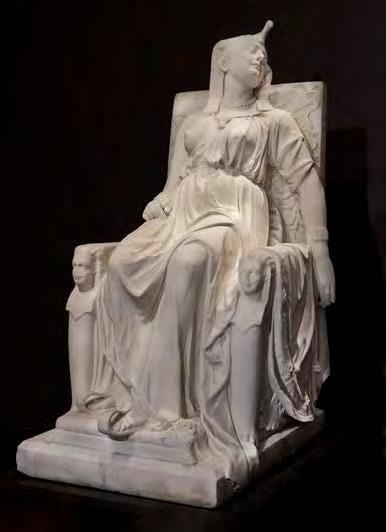
Lewis left Oberlin, carrying with her an unbroken spirit and a sense of mission. She moved to Boston, immersing herself in the city’s abolitionist circles, where she carved powerful likenesses of leaders like John Brown and created works honoring emancipation. With relentless determination and talent, she raised funds to pursue her dreams and traveled to Rome—a sanctuary for artists of color and women where she found creative freedom and critical acclaim.
In Italy, Lewis became the first internationally recognized Black sculptor. Her neoclassical marble works—including the iconic Death of Cleopatra; Forever Free; and busts of abolitionists, classical heroines, and spiritual figures—graced world expositions and won the admiration of critics and patrons across continents. Her practice bridged the worlds of African American, Native American, and European art, breaking barriers and forging paths for countless artists of color and women on both sides of the Atlantic.
I shared this deeper history with Jerome, who listened with delight and amazement. “That’s the kind of hero I wish every collector could know,” he would say. “Not just a face, but lives that paved the way.”
The tradition of inquiry and storytelling carried into every aspect of our friendship and our engagement with Black art history. In 1997, our paths converged with true consequence at the National Black Fine Art Show (NBFAS), the first national art fair devoted exclusively to presenting and uplifting the very best work produced by artists of African descent, represented by dealers from across the country, all under one roof. This was the realization of founder Joscelyn Wainwright’s extraordinary vision at the close of the 20th century: that Black artists and collectors deserved a monumental, national platform. Wainwright, himself a retired policeman who had worked security for legendary art fair impresario Sanford Smith, drew on years of experience at events like the Salon Art + Design fair, the Antiquarian Booksellers’ Association of America’s New York International Antiquarian Book Fair, the Art Dealers Association of America’s Art Show, and the Ephemera Society of America’s Ephemera Fair to help shape a happening unlike any before.
From its beginnings, the NBFAS’s home at the Puck Building in SoHo was crucial: its historic red-brick exterior at Lafayette and Houston Streets was a fixture of downtown Manhattan. With wood floors worn by decades of artists’ footsteps and brick walls mostly concealed each season by a maze of white-walled booths, the Puck was a revered arts address, famed for high-end design and major, whiteled art fairs. The decision to stake claim for the NBFAS there carried both symbolism and risk.
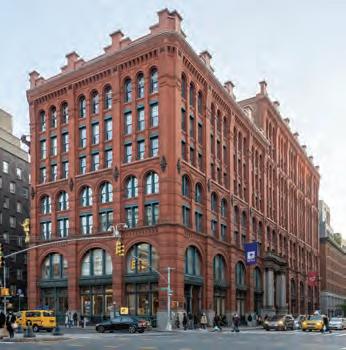
On opening nights, the NBFAS conveyed its own heat and pulse. Collectors and corporate sponsors mingled with artists and creative families. Across the giant floor, oohs and aahs echoed, mixing with the sounds of laughter and the hum of networking. You could feel the anticipation as a cross-section of Black America—elders, children, teachers, ministers, curators, and business leaders—shared the space with SoHo insiders and the city’s media. The old wood carried the vibrations of a community in motion. The buzz, the scent of fresh paint, the gorgeous turmoil of voices—this was a far cry from sterile museum silence. This was art as celebration, commerce, affirmation, and homecoming all at once.
Yet woven into the joyful torrent was the historic dismissal and coded criticism the NBFAS and its participants endured. Many art-world gatekeepers—critics, commentators, and sometimes even landlords—clung to old tropes and doubts, couched in the language of “quality” and “market readiness.” Some claimed Black art dealers and artists could not possibly produce “enough good work” for such a vaunted venue or suggested that the art on view was inherently “folk,” “primitive,” or “outside” the discourse of value. These comments, masked as expert opinion, carried deep roots: they echoed the centuries-old, racist justifications for slavery, colonialism, and exclusion—the myths that Black people were best suited for labor, mimicry, or entertainment but not creative or intellectual mastery. Even in moments of triumph, the NBFAS’s very success at the Puck—occupying a site of so much white cultural prestige—became the foundation for both veiled and overt criticism rooted in these biases.
But the NBFAS’s answer was clear. With every night, every sale, every child who saw her story on a wall, the NBFAS reclaimed the city’s center, shattered old barriers, and showed that Black creative excellence and community could not only match but redefine what “the best” truly meant in New York and beyond.
As rents and policies finally forced the NBFAS to move in 2009, this displacement brought both a sense of loss and a fresh resolve. The NBFAS had set the bar for Black art fairs nationwide, making visible both the heights reached and the inequities still to overcome. The courage, unity, and vision of Black artists, collectors, and organizers in those years at the Puck Building remain a template for all who came after.
The NBFAS; my work Collecting African American Art: Works on Paper and Canvas, the first book to validate collecting paintings, prints, and photography by Black artists as assets and commodities; and Jerome’s unique, welcoming presence in the collecting sphere not only sustained community and scholarship, but fundamentally rewrote the landscape for Black visual arts in America—building an informed, passionate collector base, aligning new scholarship with collecting and commerce, and ensuring that no era or movement was erased by prejudice or exclusion.
This synergy did not exist in a vacuum. In 1996, Swann Galleries launched a division devoted to printed African Americana. The NBFAS’s lessons in access and education, combined with the guidance and example of Jerome and other pioneers, provided the model for Swann’s own leap into African American fine art auctions. The NBFAS had proven what was possible. Rivals, now with Swann in the lead, set out to harness and institutionalize its breakthroughs, sometimes outpacing but never erasing the original community it fostered.
Nigel Freeman, then Swann’s director of Prints and Drawings, experienced the crowds, energy, and expertise at the NBFAS, and that experience inspired Swann’s inaugural African American Fine Art auction. This move was not mere tokenism; it was a signal that Black artists, collectors, and histories—too long shunted to the margins by racist ideologies—were now occupying center stage, with the marketplace and canon responding in kind. The dispersal of the NBFAS left behind a new infrastructure, its model not just copied but established as the new normal.
At home, Jerome walked among art that encompassed a lineage of belonging and hope. The works of Jacob Lawrence, John T. Biggers, Lois Mailou Jones, Alison Saar, John N. Robinson, James Lesesne Wells, Romare Bearden, Barbara Bullock, Delilah Pierce, Richard W. Dempsey, Charles Sebree, Mose Tolliver, Simmie Knox, Lucille “Malkia” Roberts, Dox Thrash, Lou Stovall, Sam Gilliam, and more greeted him as old friends. Jerome described each artist’s work:
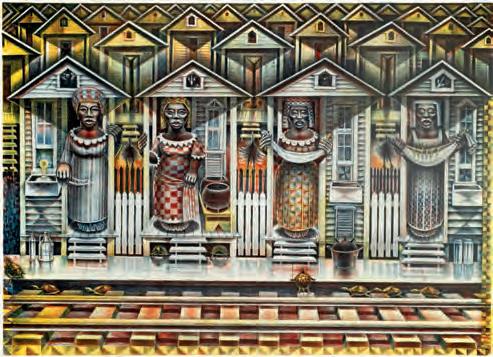
Lawrence’s Builders series: “They’re us—making, fixing, hoping, building the future together.”
Biggers: “He painted us sacred.”
Jones: “Her color and confidence— Black beauty worldwide.”
Saar: “Spirit made solid.”
Stovall: “D.C. in legend.”
Wells: “Prints—prayers in ink.”
Bearden: “Life as jazz.”
Thrash: “Hope in every face.”
Bullock: “Spiritual and vibrant.”
Pierce: “Landscape and dignity.”
Dempsey: “Magic in the everyday.”
Sebree: “Drama and beauty.”
Tolliver: “Folk brilliance, art made reachable.”
Roberts: “Royalty in everyday faces.”
Robinson: “Homecoming in every brushstroke.”
Gilliam: “Freedom in color.”
Knox: “Historic pride and skill.”
Jerome cared just as deeply for the anonymous works: paintings of athletes mid-stride, serene landscapes and dreamscapes, still lifes bursting with color, portraits inviting curiosity and empathy. “I never cared who painted a face,” Jerome would say. “I cared about the story. Every human being is unique, made in God’s image. Sometimes the mystery is the message—we’re all here for a reason, even if our names aren’t yet written down.”
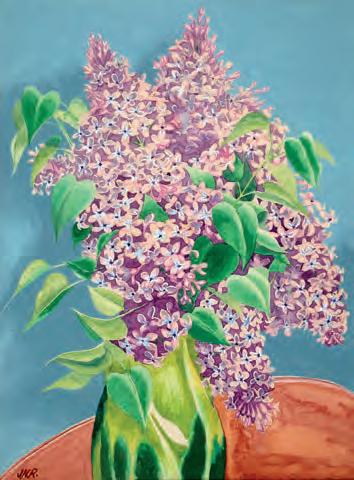
N.
As Jerome’s journey expanded—through the worlds of art fairs, friendship, research, and reflection—so did his humility and gratitude. Pride filled him, but nostalgia and longing lingered for the shows now gone and the voices lost to time. “Art taught me to listen—not just to beauty, but to what isn’t spoken, what’s still hidden.” He mentored young collectors, inspired artists, and treasured every chance to connect another person to art’s living story, saying, “If I’ve helped one person see the value in their story, it’s worth it.”
Looking forward, Jerome’s legacy beckons us all. He showed us that collecting and living are acts of radical hope, communal care, and celebration of every single story. African American art, in his hands, was more than pigment and frame: it was a current of dignity, defiance, and joy, carrying us onward. His home was an open door for the next generation—every piece an invitation, every memory a guiding light. He proved that the radiance of African American art endures—a living river crossing generations, nourishing all who wade in.
In the hush of late afternoon, as Jerome’s living room glowed—art, memory, and hope shimmering across walls and tabletops, dappled with the gold of the setting sun—his true gift became clear. Like fireflies caught in cupped hands, the legacy of Jerome Gray endures: not merely a collection, but a constellation of light guiding us all along the bridge between past; present; and a brighter, more generous world to come.
Halima Taha is a distinguished art advisor, curator, author, cultural strategist, and appraiser specializing in African American art and culture. Best known for her pioneering work as the author of Collecting African American Art: Works on Paper and Canvas, she has spent more than three decades providing expertise to museums, collectors, institutions, and artists nationwide. Taha’s leadership has advanced the visibility and scholarship of artists from the Harlem Renaissance to today’s cutting-edge innovators. With a passion for public education and cultural stewardship, she continues to serve as a trusted voice in the field, helping diverse audiences appreciate the richness, history, and impact of Black art in America.
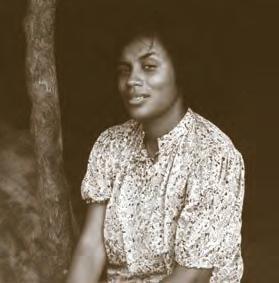
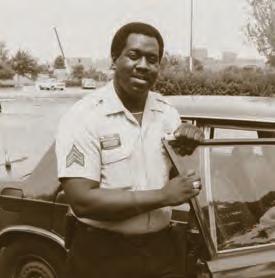
“THE THINGS THAT KEEP ME GOING ARE SIMPLE . . . BEING WITH FAMILY, CASTING A LINE IN A QUIET POND, AN HONEST SUNDAY AT CHURCH, LOSING MYSELF IN A GOOD BOOK, AND THE THRILL WHEN A PIECE OF ART CATCHES YOUR HEART.”
—JEROME GRAY
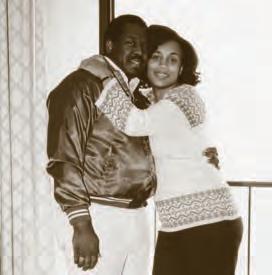
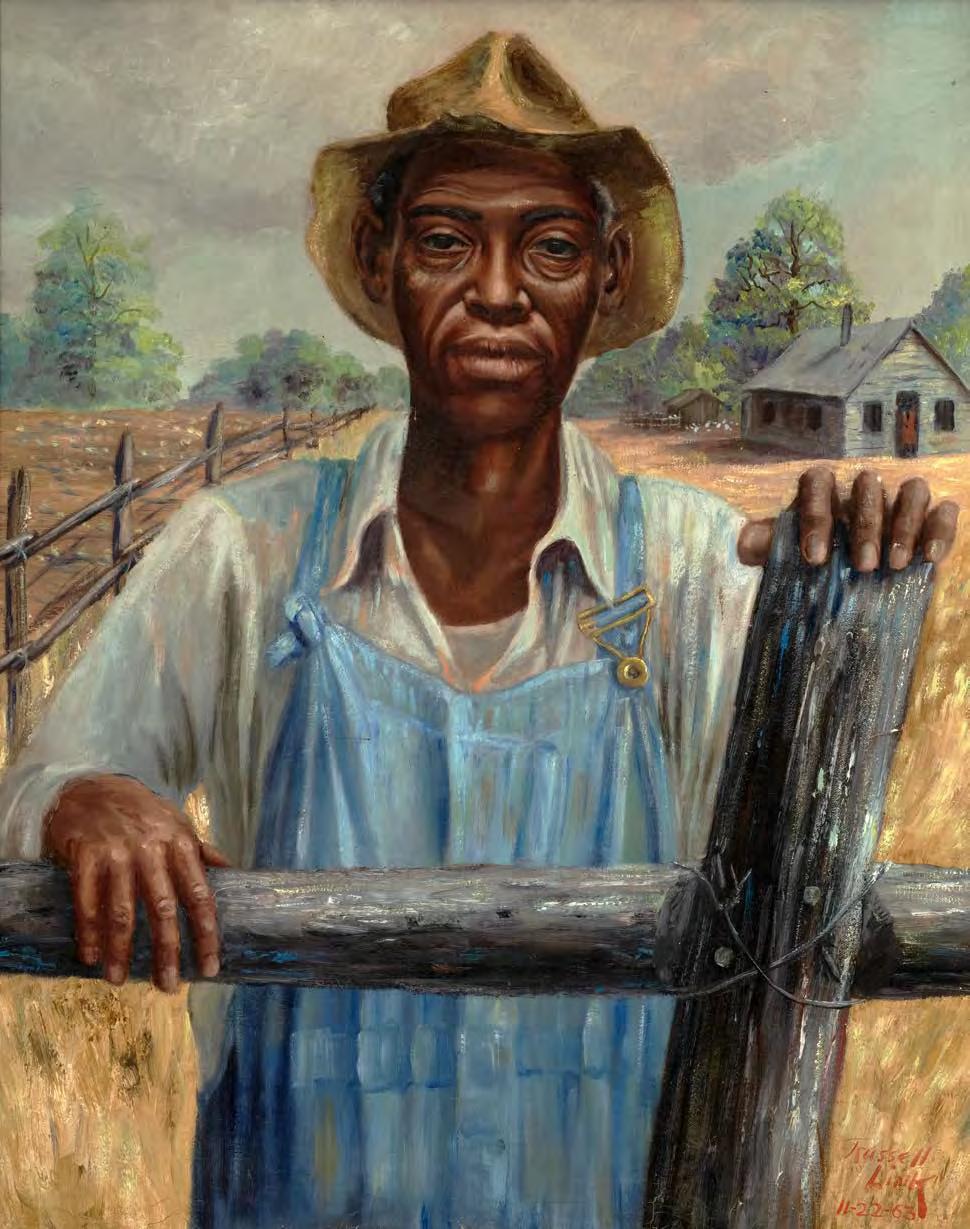



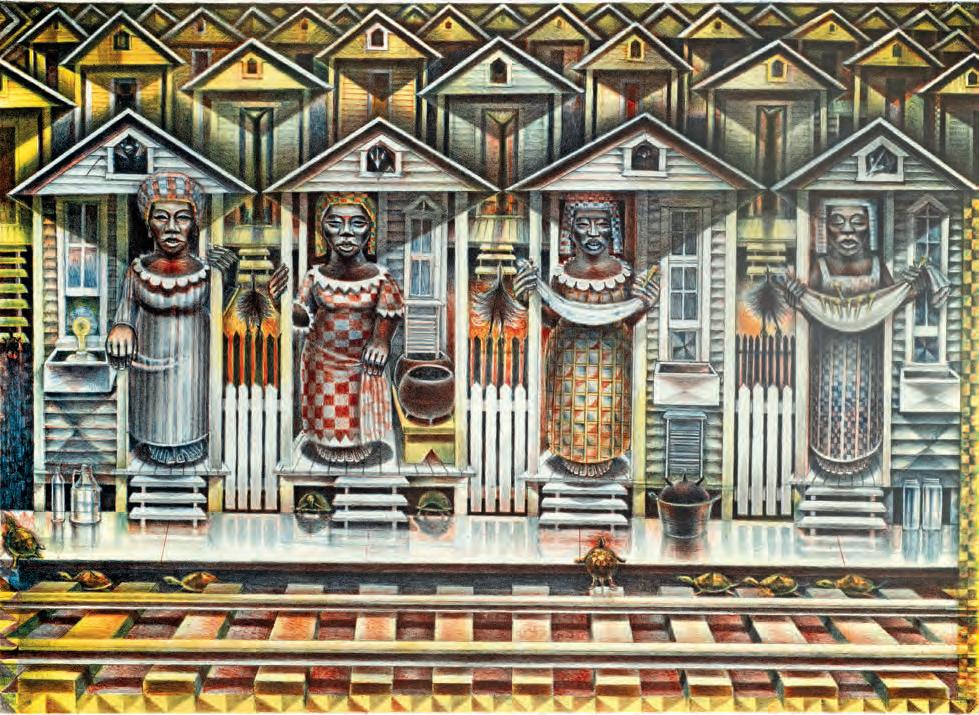
JOHN T. BIGGERS
FOUR SEASONS, 1990, COLOR LITHOGRAPH, ED. 29/120 25 X 33 IN.
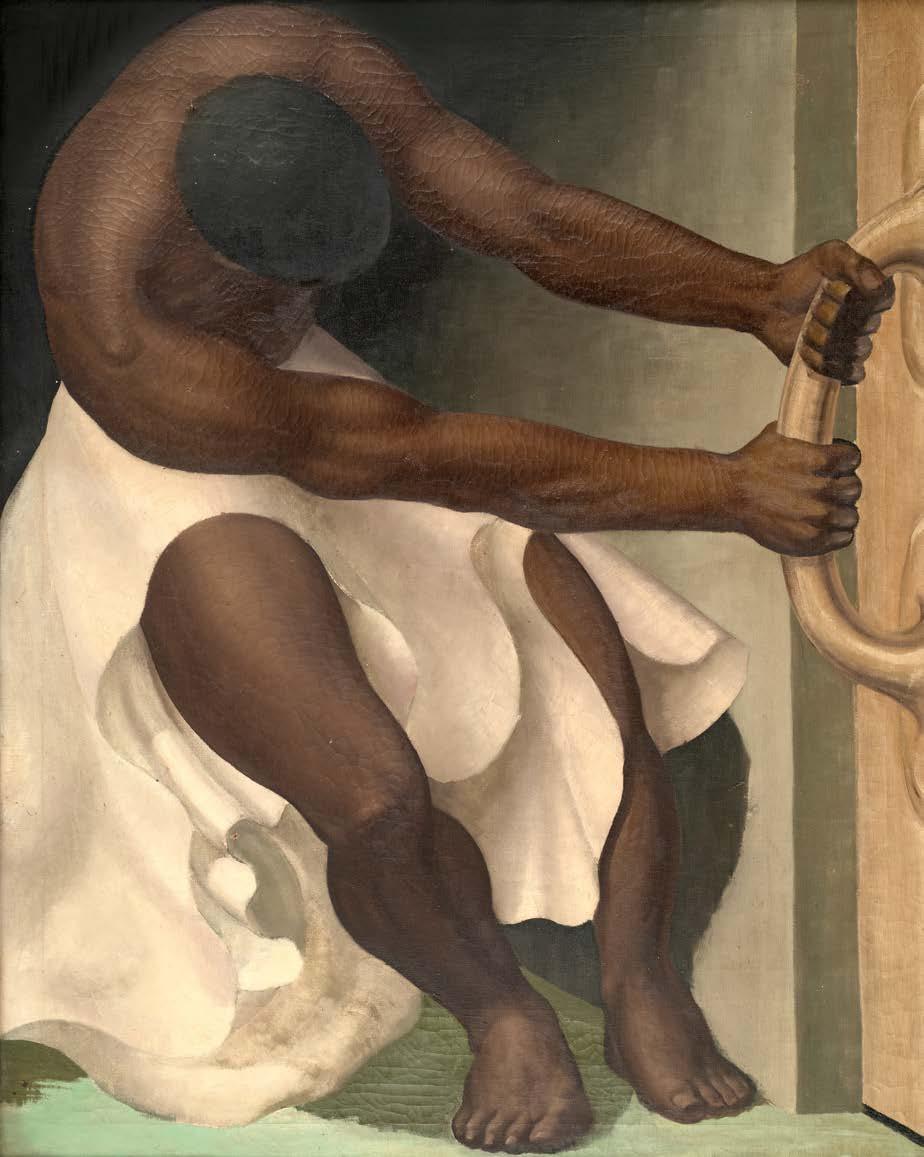
ARTIST UNKNOWN
UNTITLED, N.D.
ACRYLIC ON LINEN 39 X 31 IN.
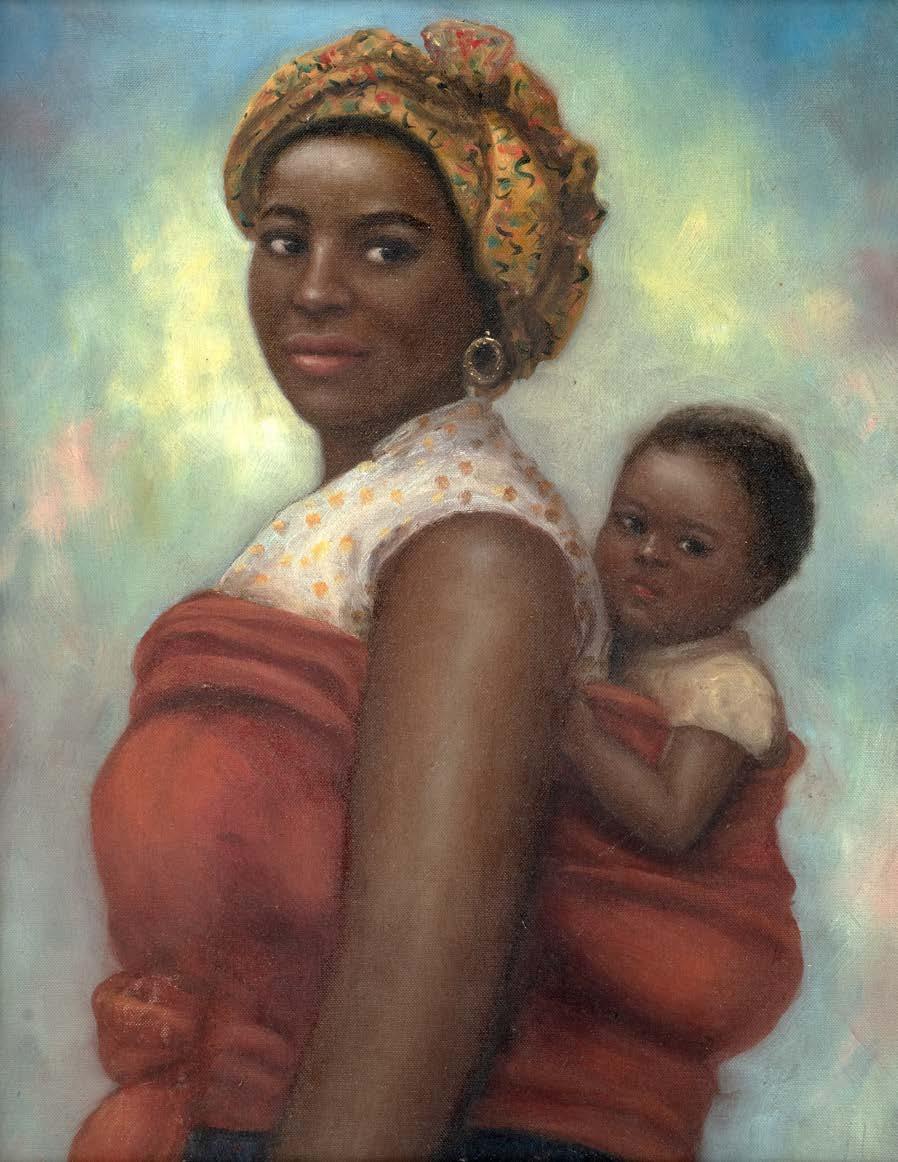
ARTIST UNKNOWN UNTITLED (WOMAN WITH CHILD), N.D. ACRYLIC ON CANVAS 17 X 13 IN.
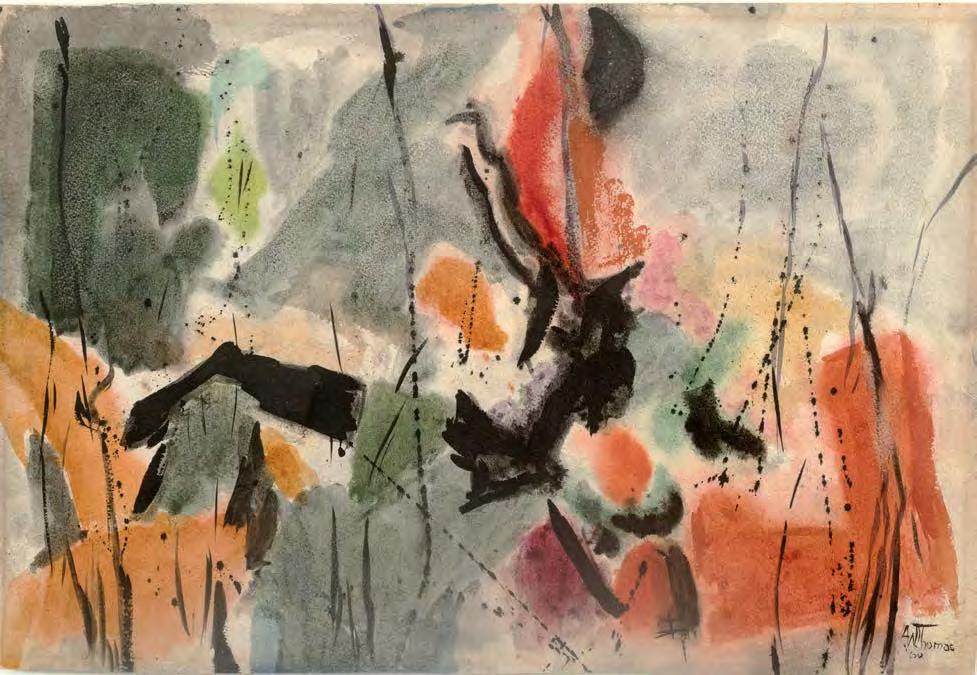
UNTITLED, 1960
WATERCOLOR ON PAPER
15 X 21¾ IN.
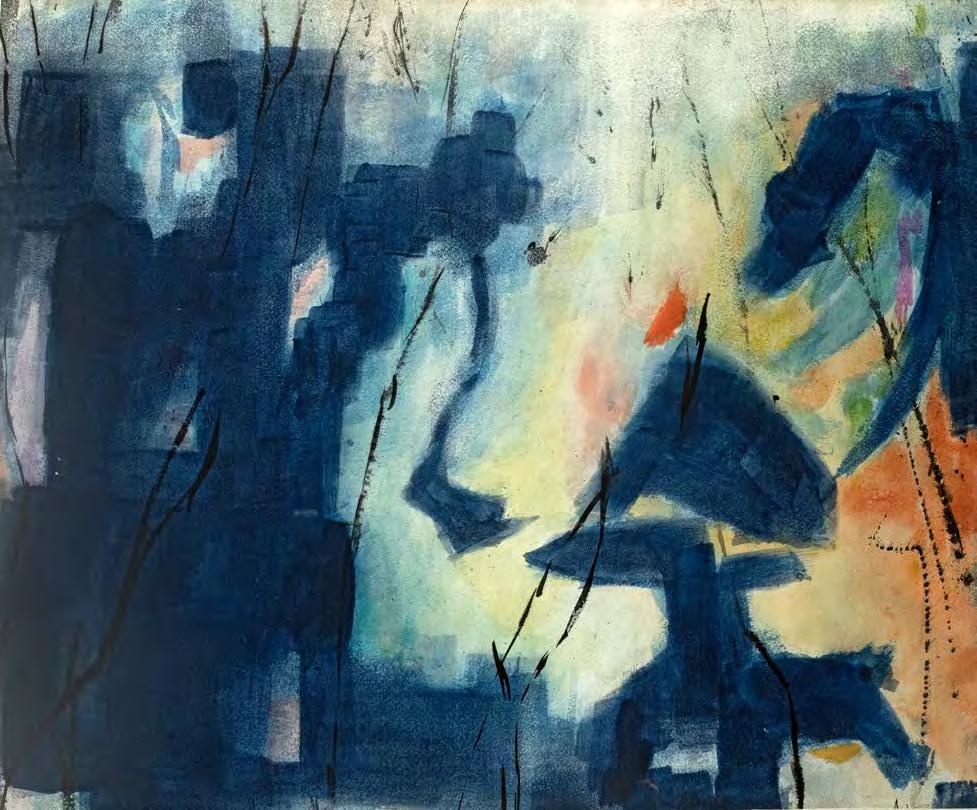
ALMA THOMAS (UNSIGNED)
UNTITLED (BLUE), N.D. WATERCOLOR ON PAPER
19½ X 23⅓ IN.
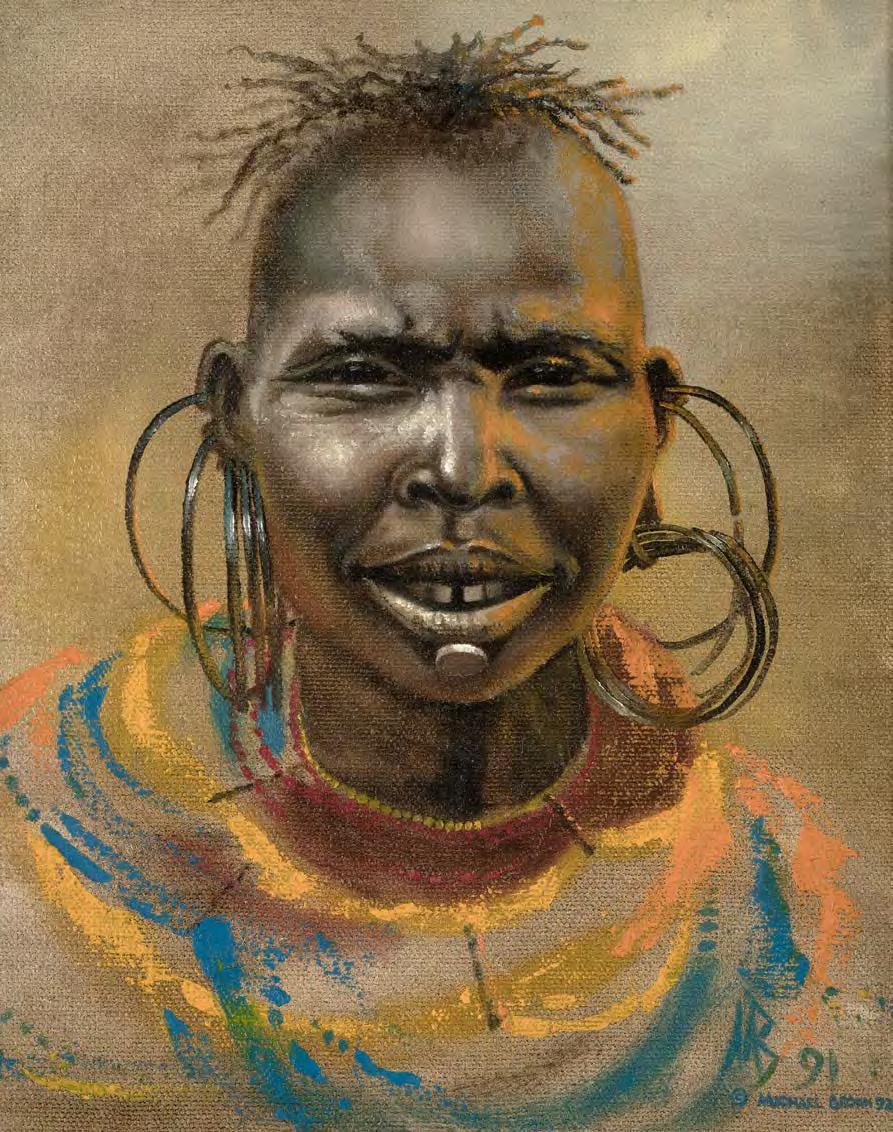
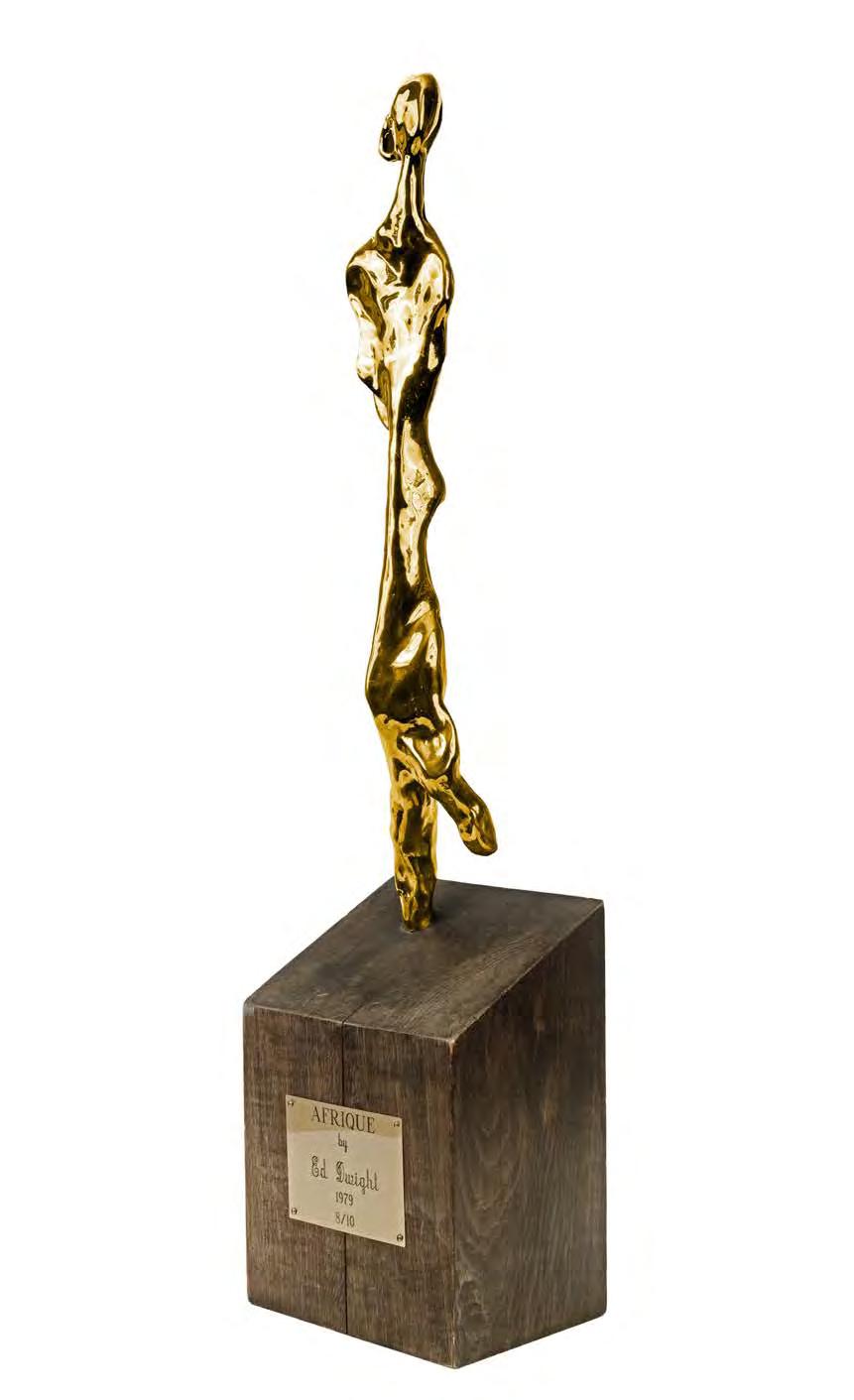
ED DWIGHT AFRIQUE, 1979
BRONZE, ED. 8/10
21 X 3½ X 2½ IN.
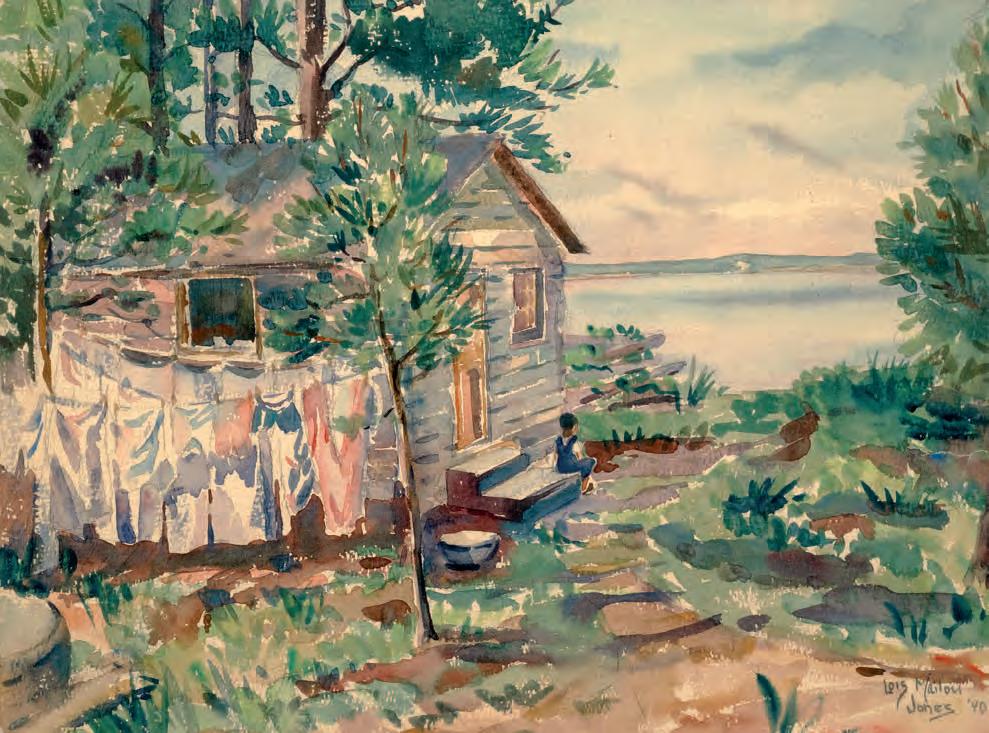
LOIS MAILOU JONES
UNTITLED (HOUSE), 1940
WATERCOLOR ON PAPER 14 X 19 IN.
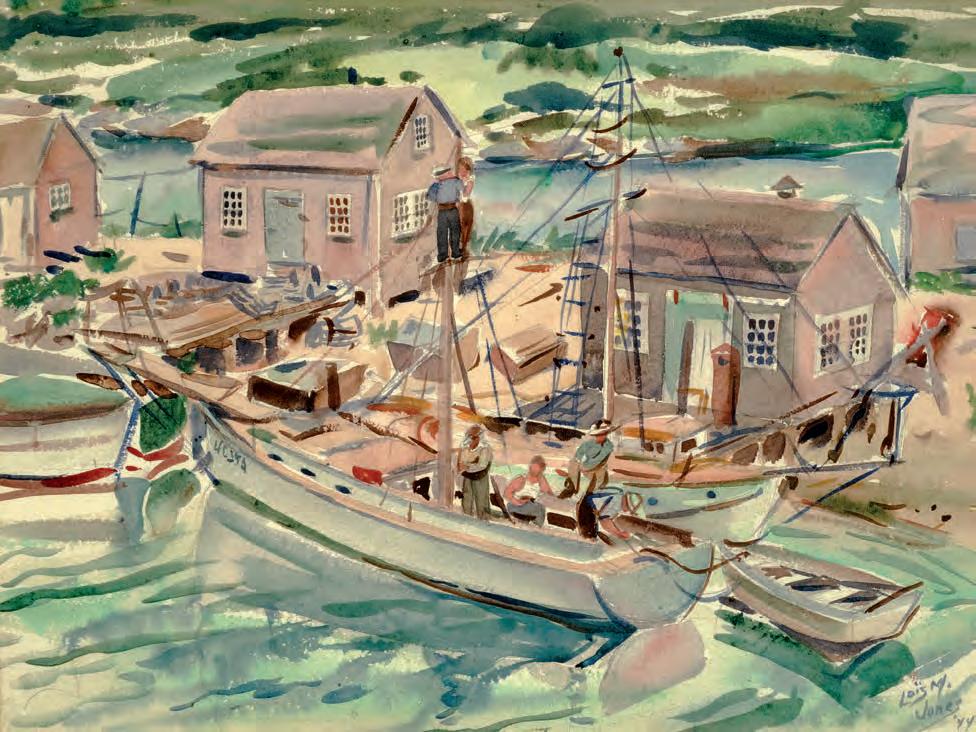
LOIS MAILOU JONES (SIGNED LOIS M. JONES)
UNTITLED (BOAT AND HOUSE), 1944
WATERCOLOR ON PAPER
11½ X 15 IN.
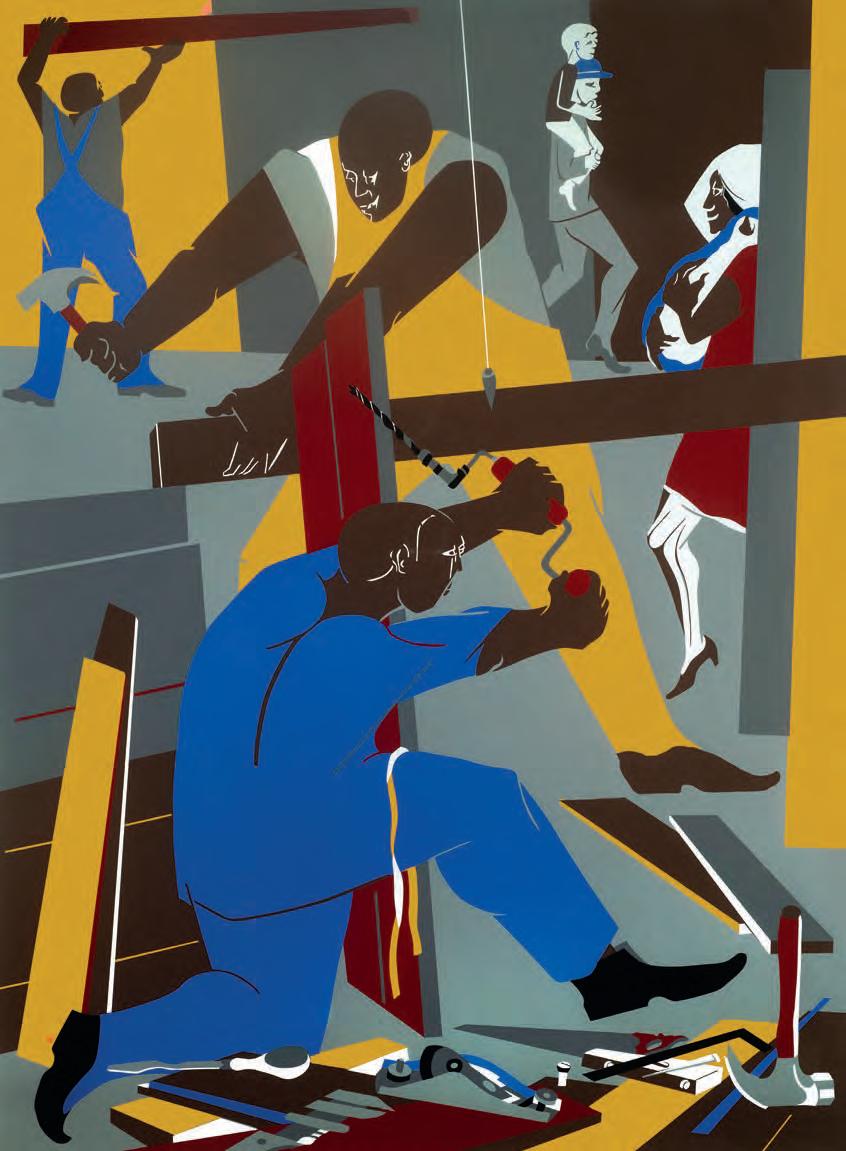
BUILDERS NO. 3, BUILDERS SERIES, 1974, COLOR SCREENPRINT, ED. 131/150
30 X 22¼ IN.
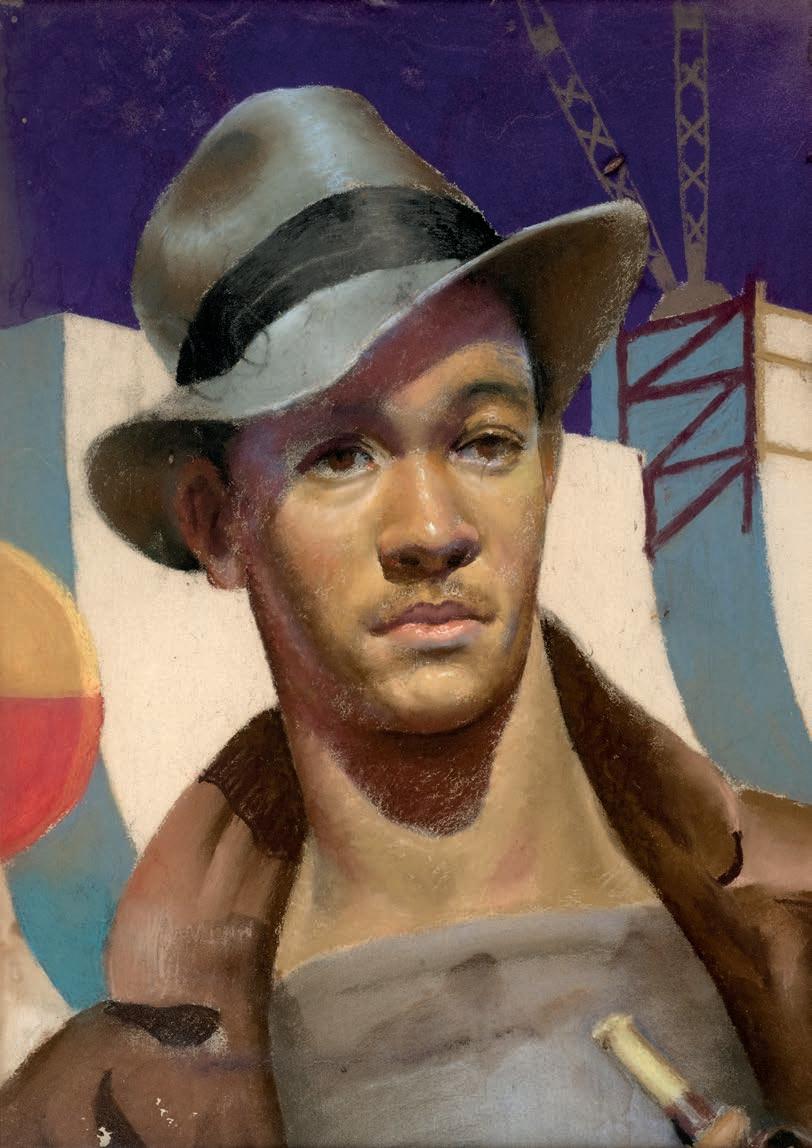
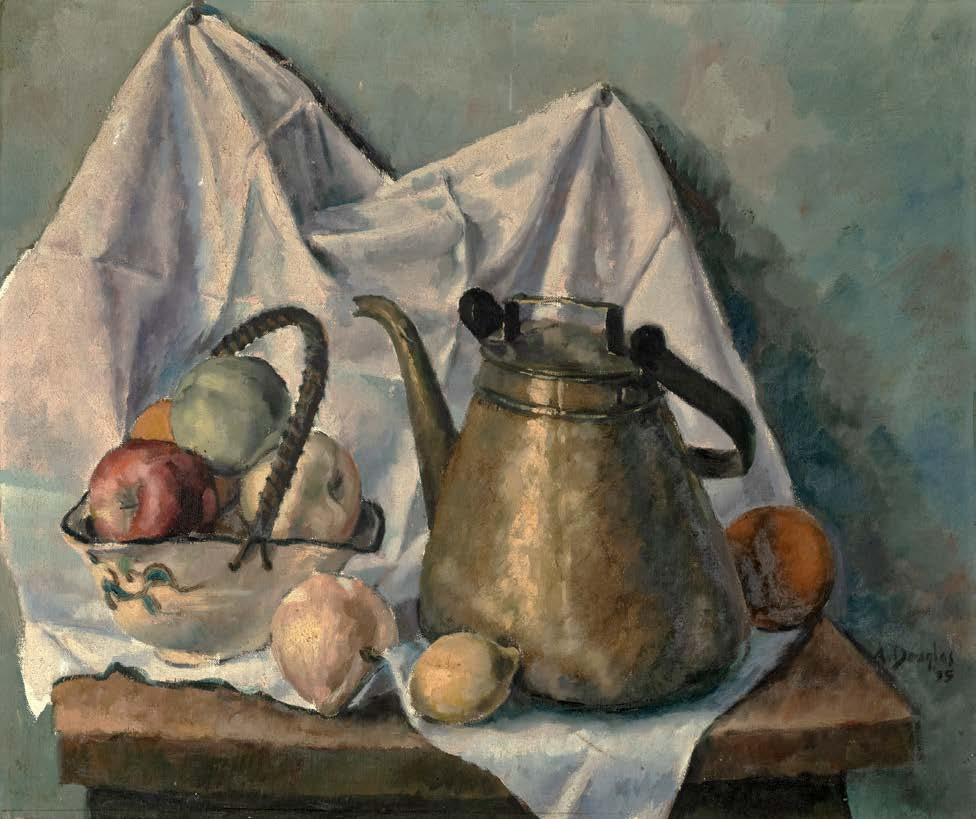
UNTITLED (STILL LIFE), 1935
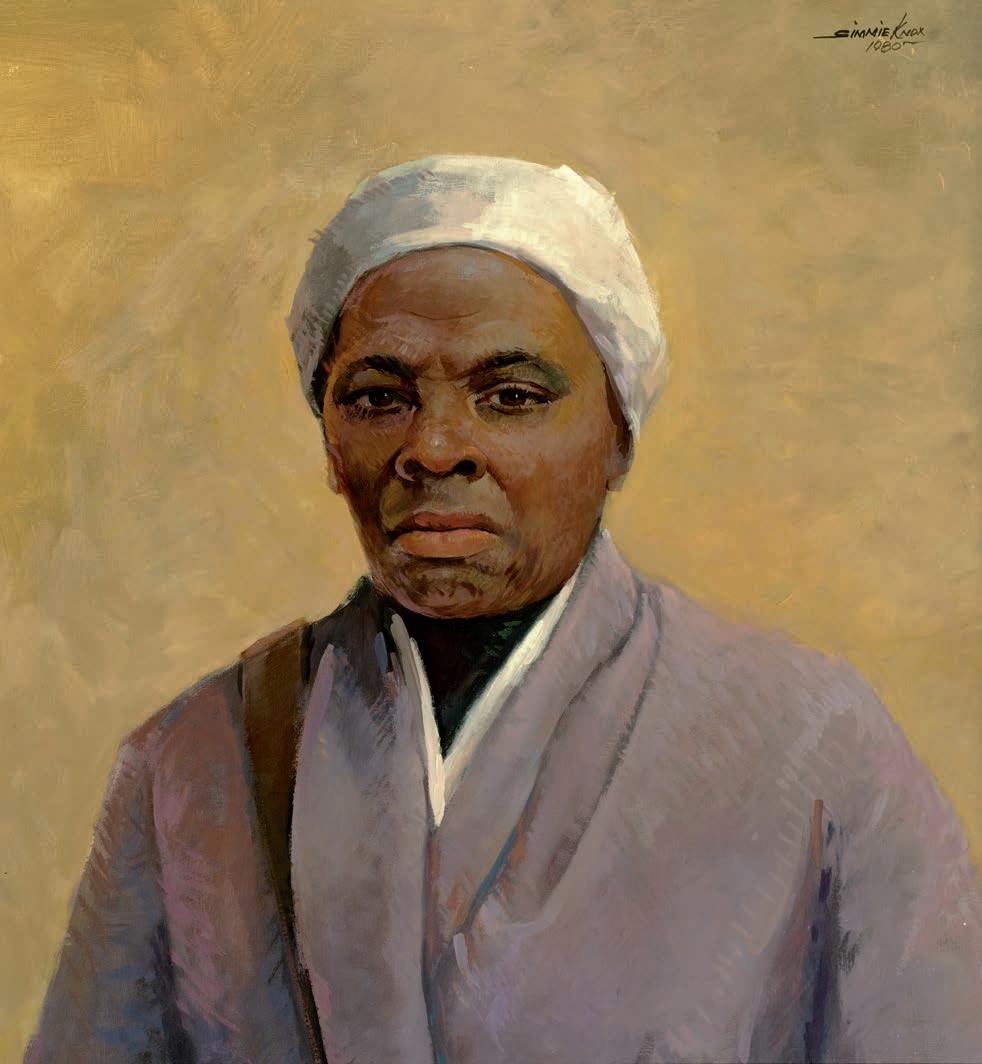
HARRIET TUBMAN, 1980
26 X 24 IN.
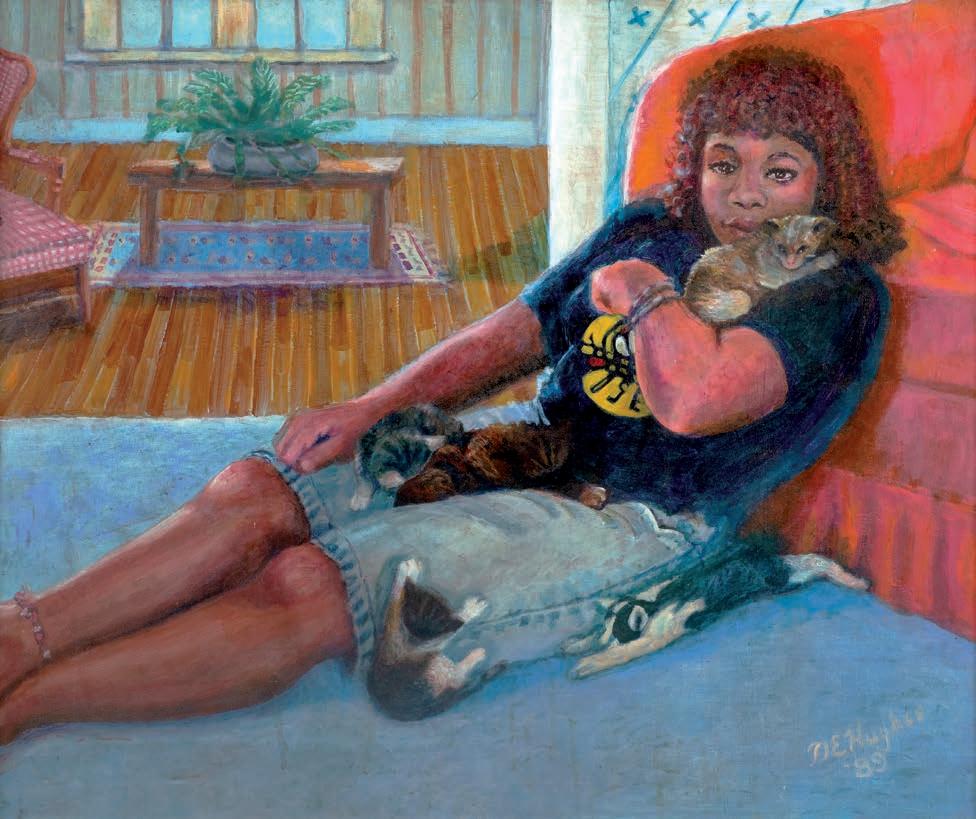
UNTITLED, 1989

UNTITLED (FLOWERS IN VASE), N.D.
WATERCOLOR ON PAPER
16 X 10 IN.

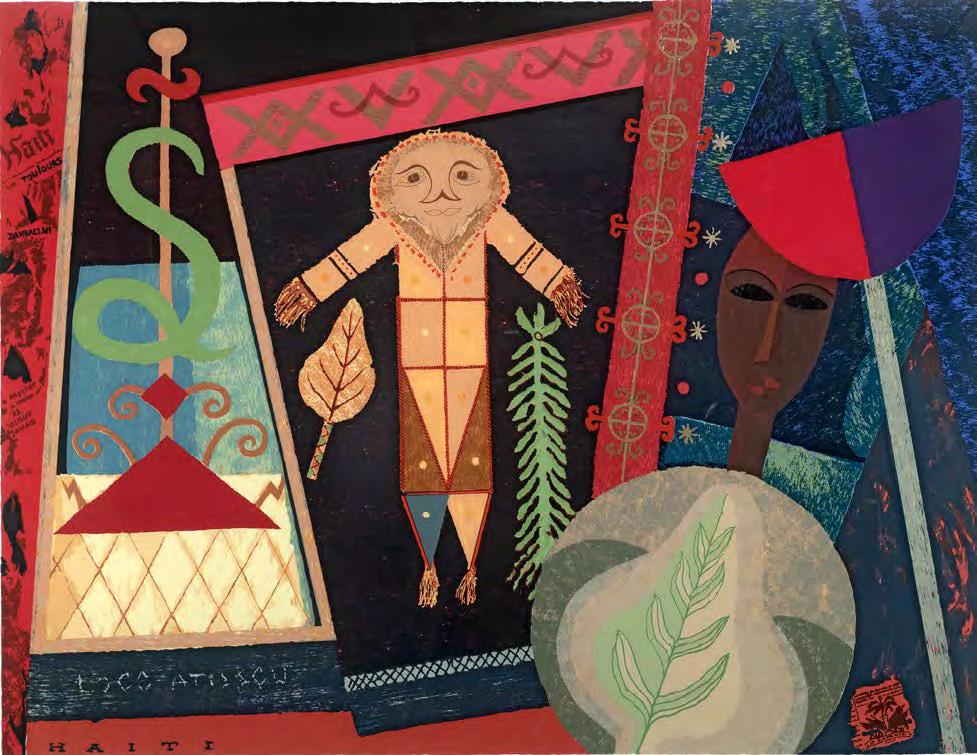
VEVE VODOU III, 1997
COLOR SCREENPRINT, ED. 57/150
30 X 38 IN.
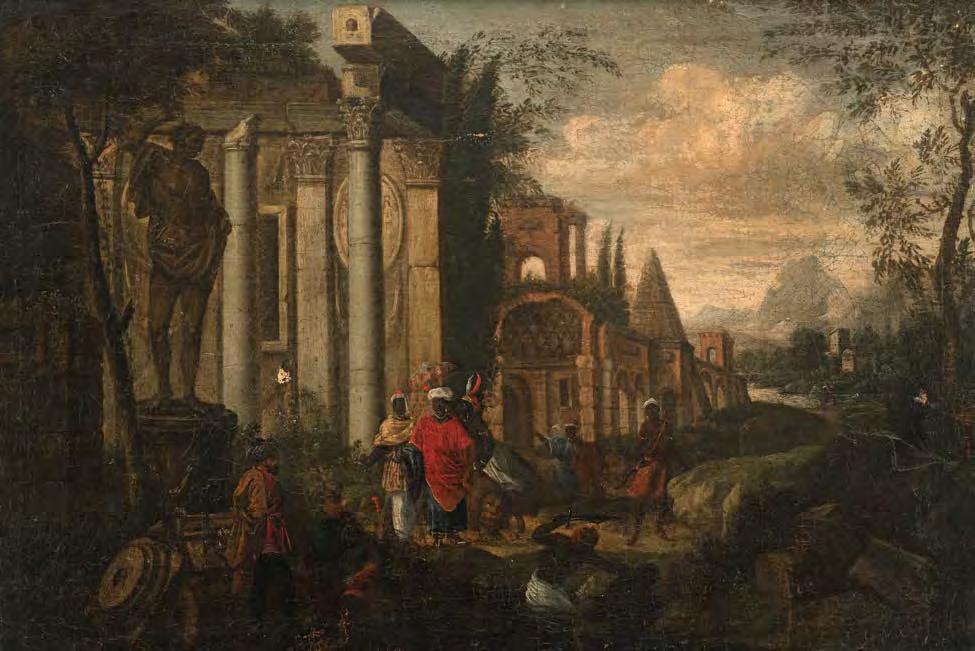
ARTIST UNKNOWN
UNTITLED (MOORISH SCENE), N.D.
OIL ON CANVAS
21 X 31 IN.

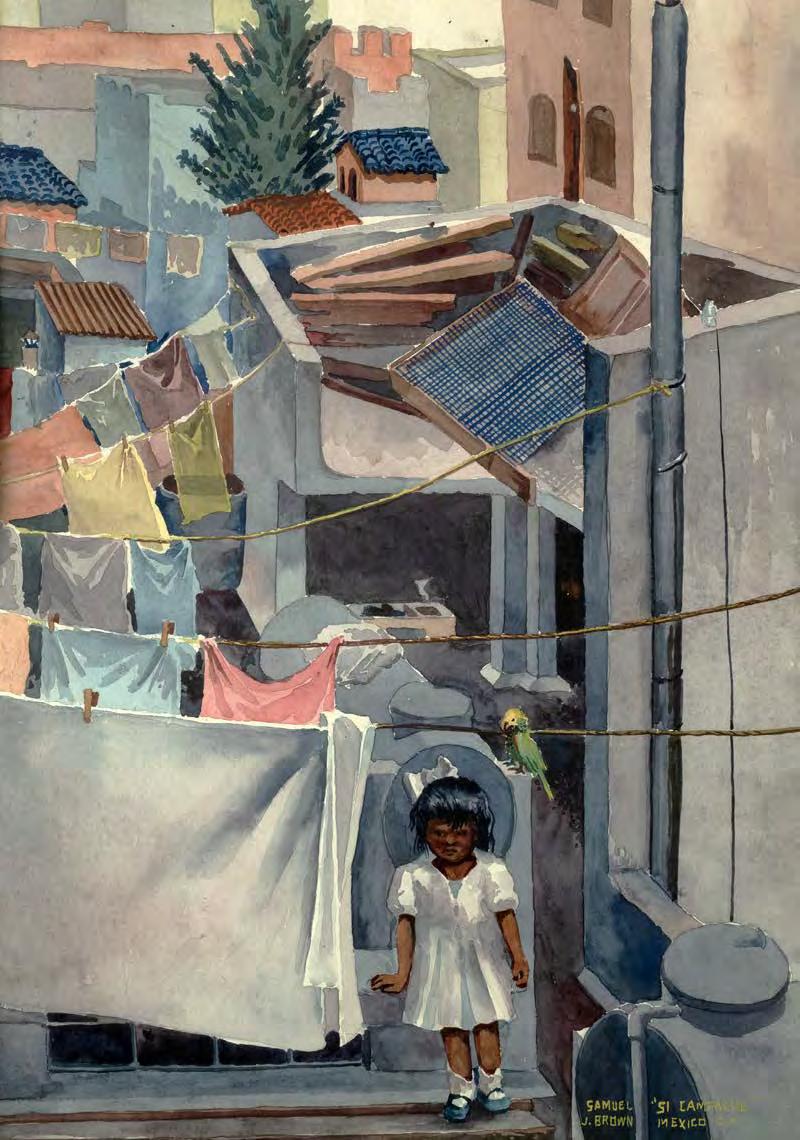
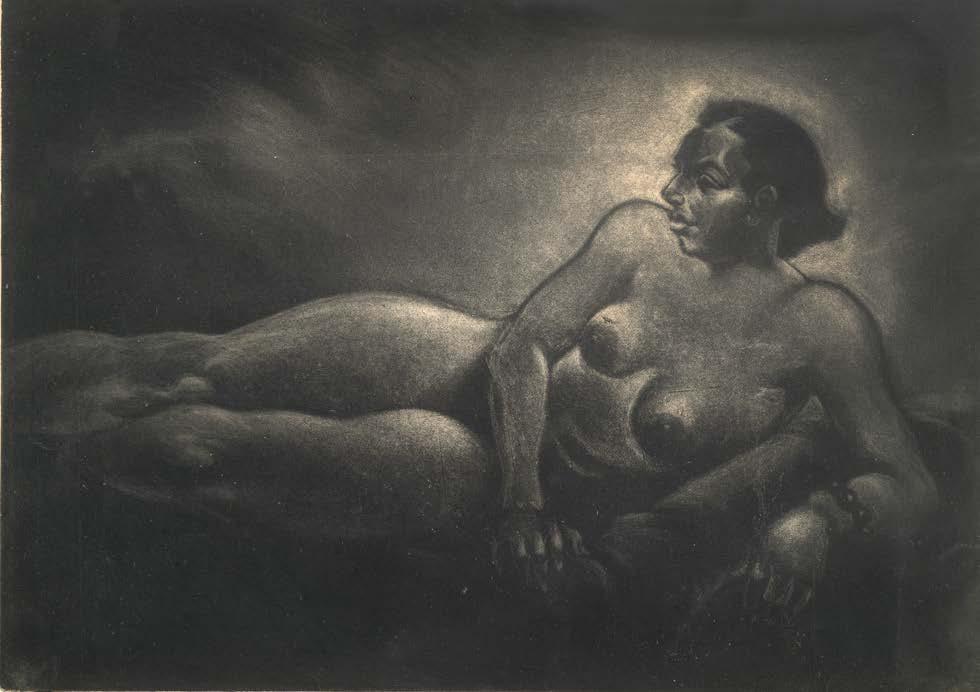
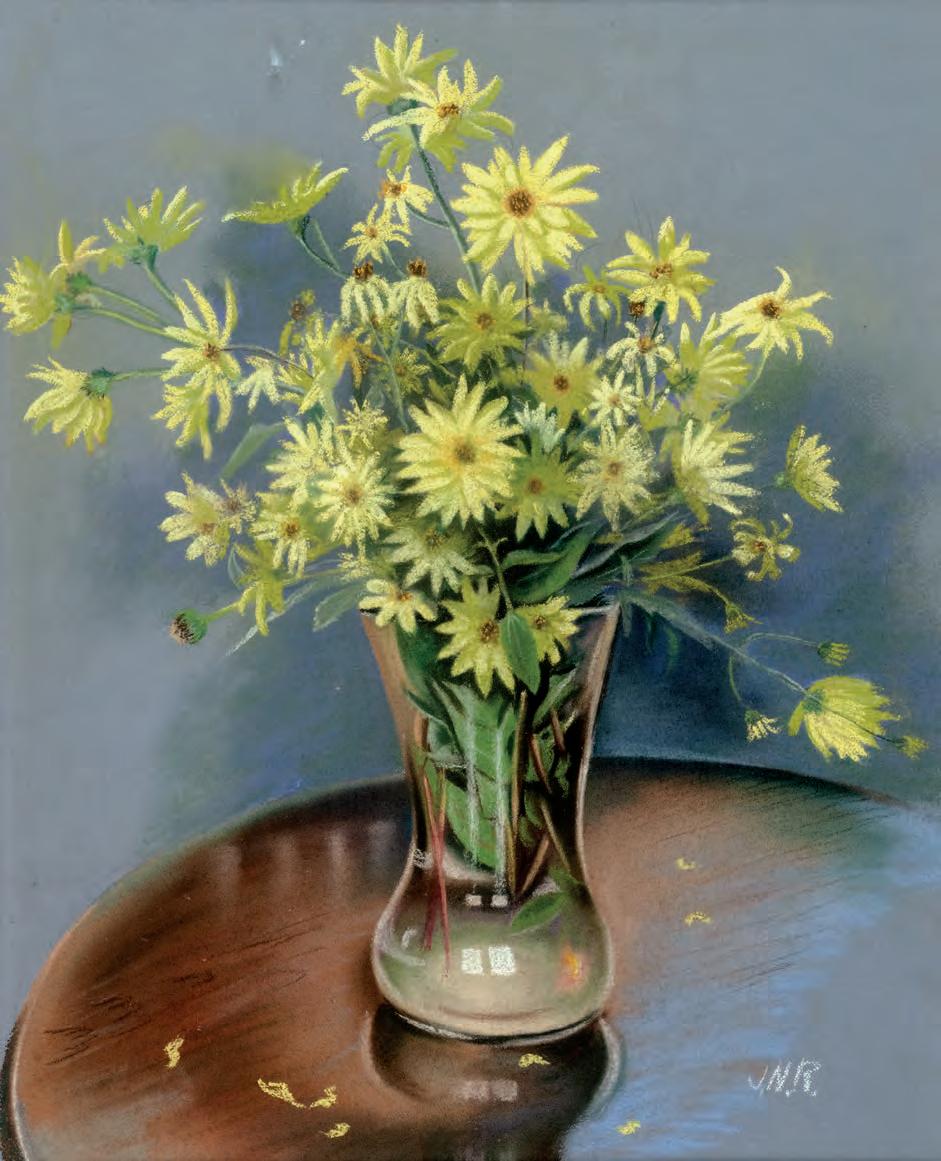
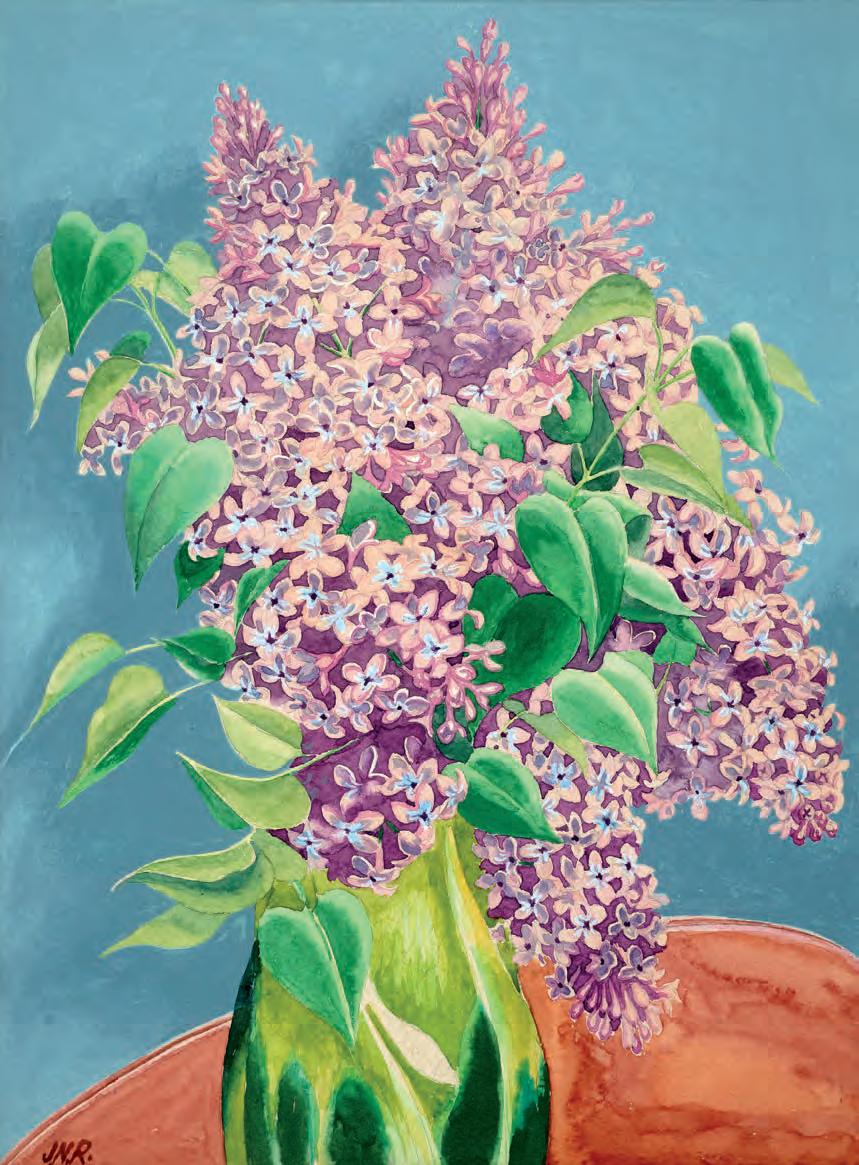


EDWARD BANNISTER
UNTITLED (LANDSCAPE), N.D
OIL ON BOARD
15 X 20 IN.
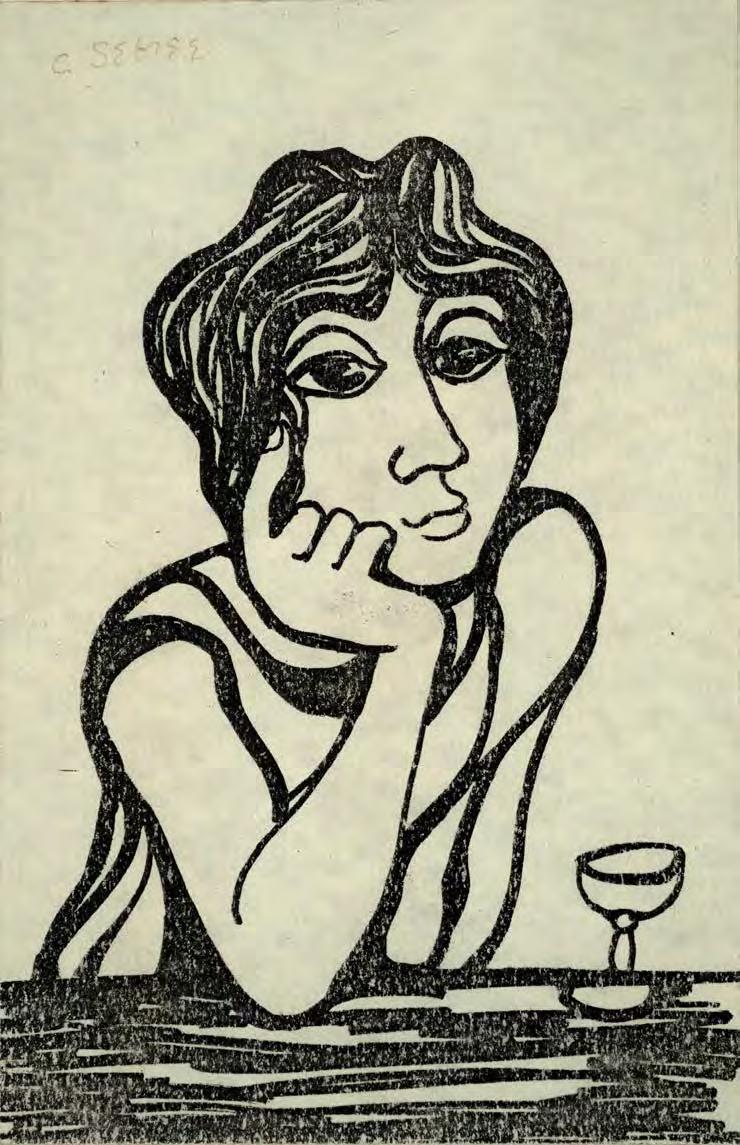


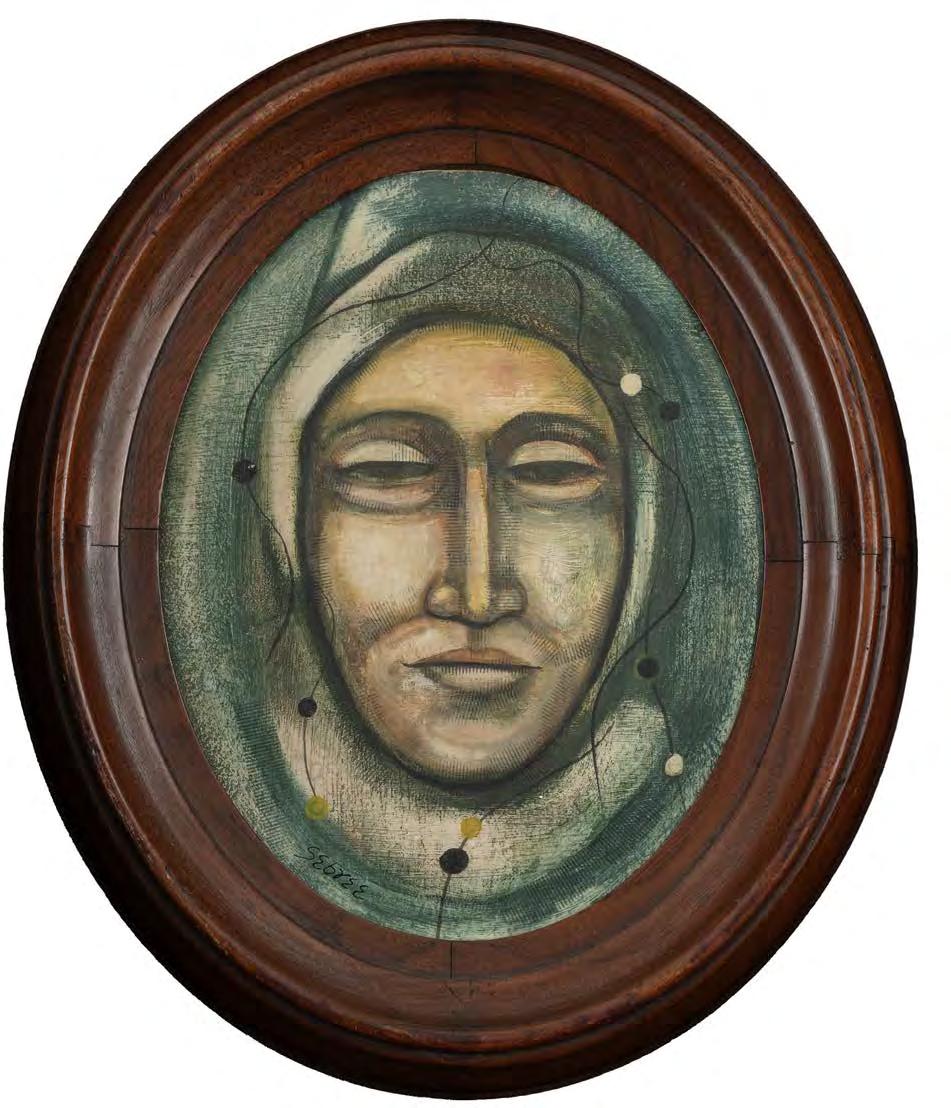
UNTITLED (OVAL SHAPE FACE), 1952, GOUACHE ON PAPER 10 X 8 IN.

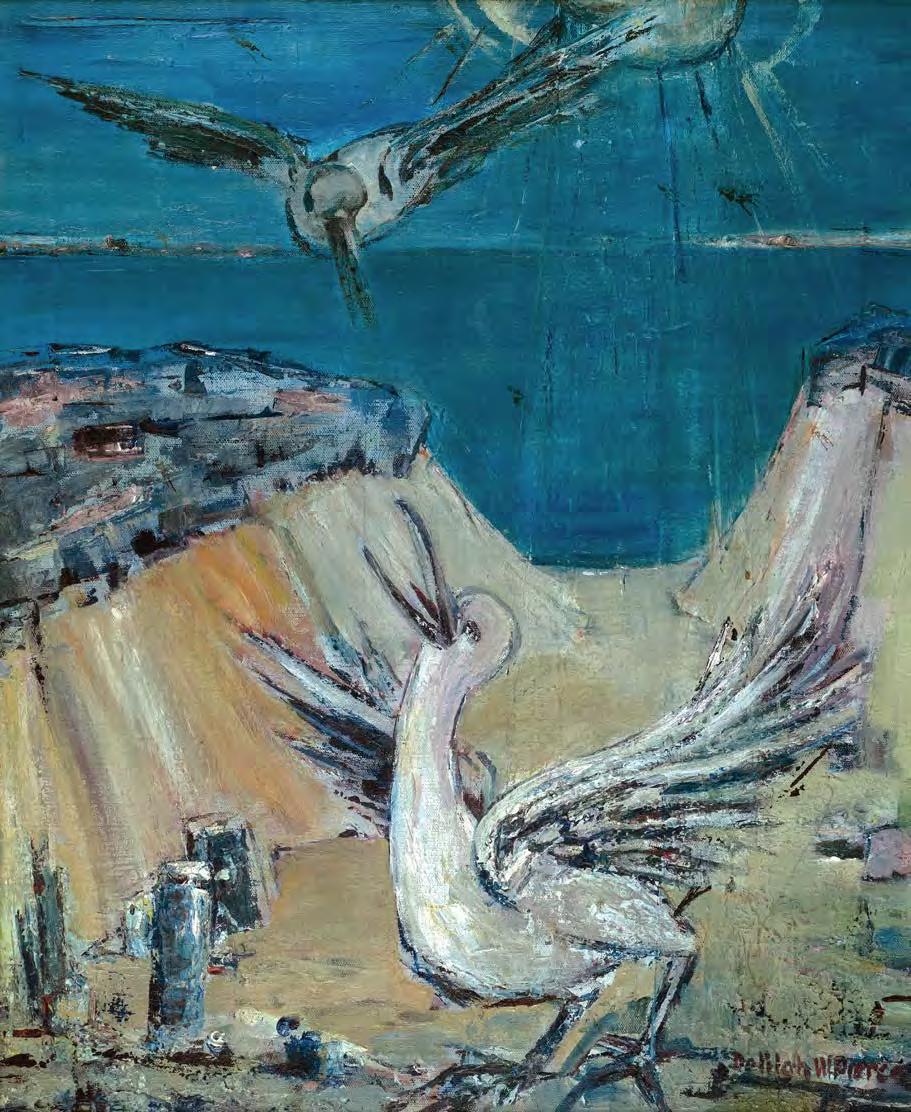
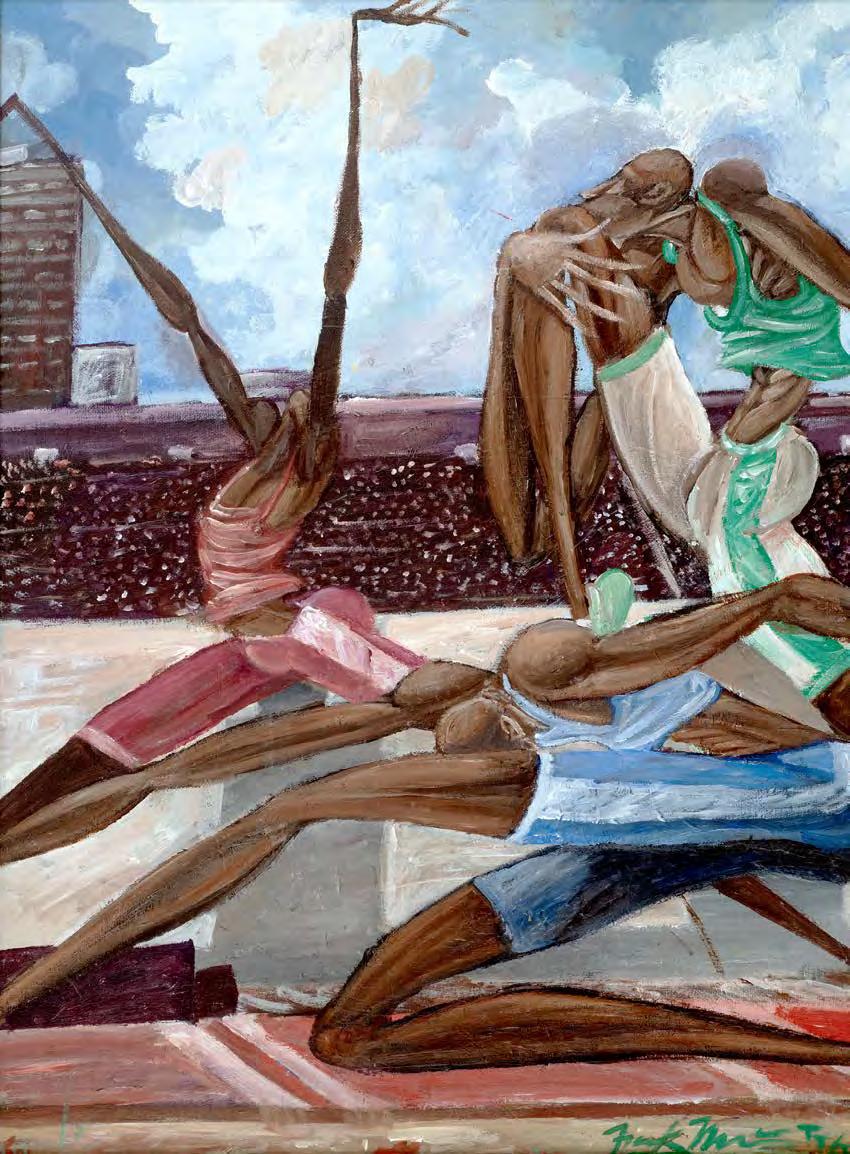
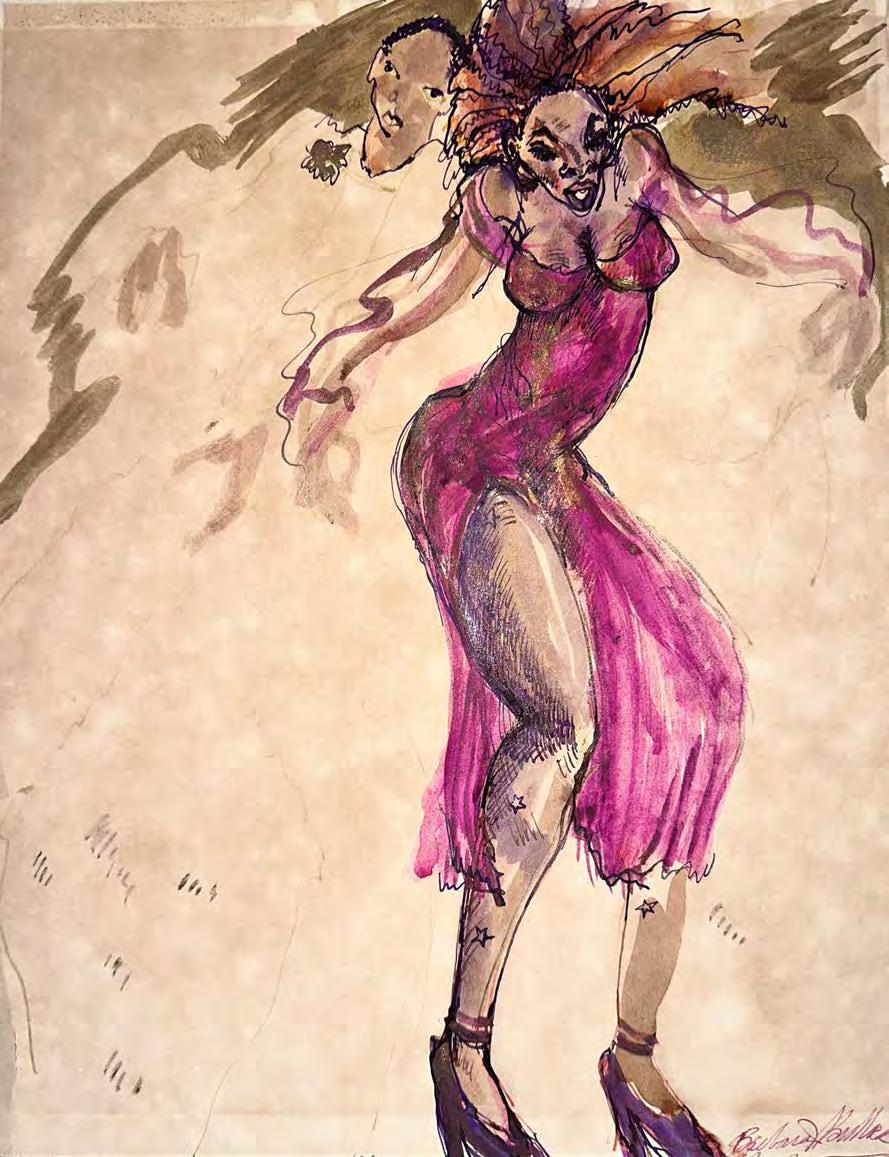
WATERCOLOR ON PAPER
10 X 8 IN.
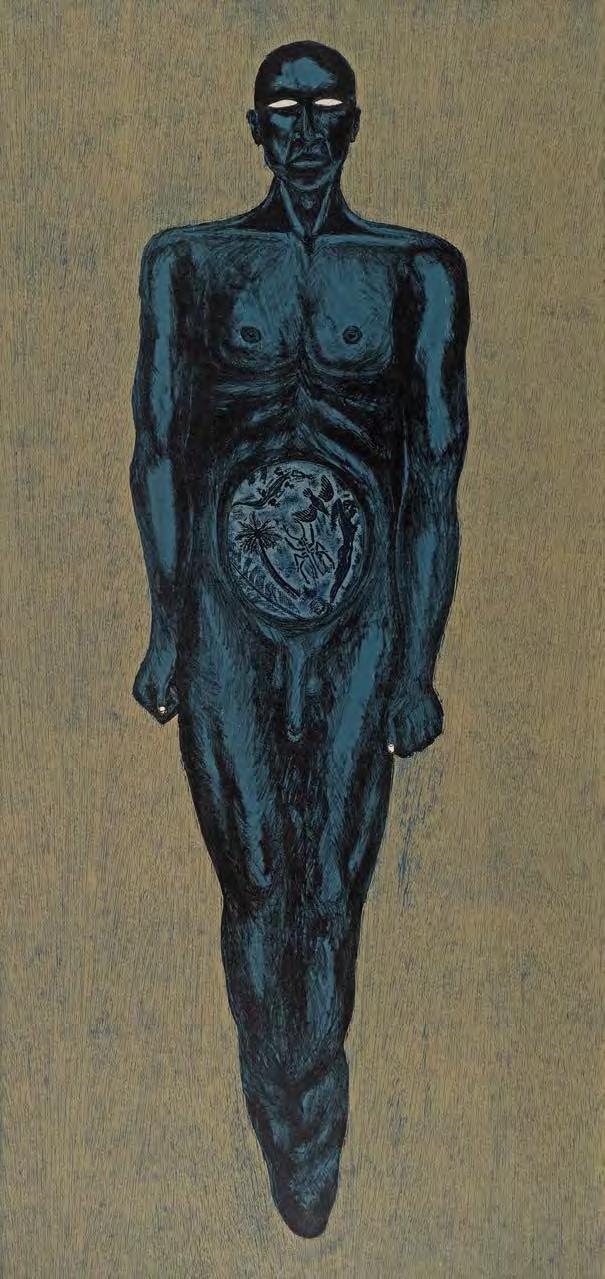
45 X 23 IN.
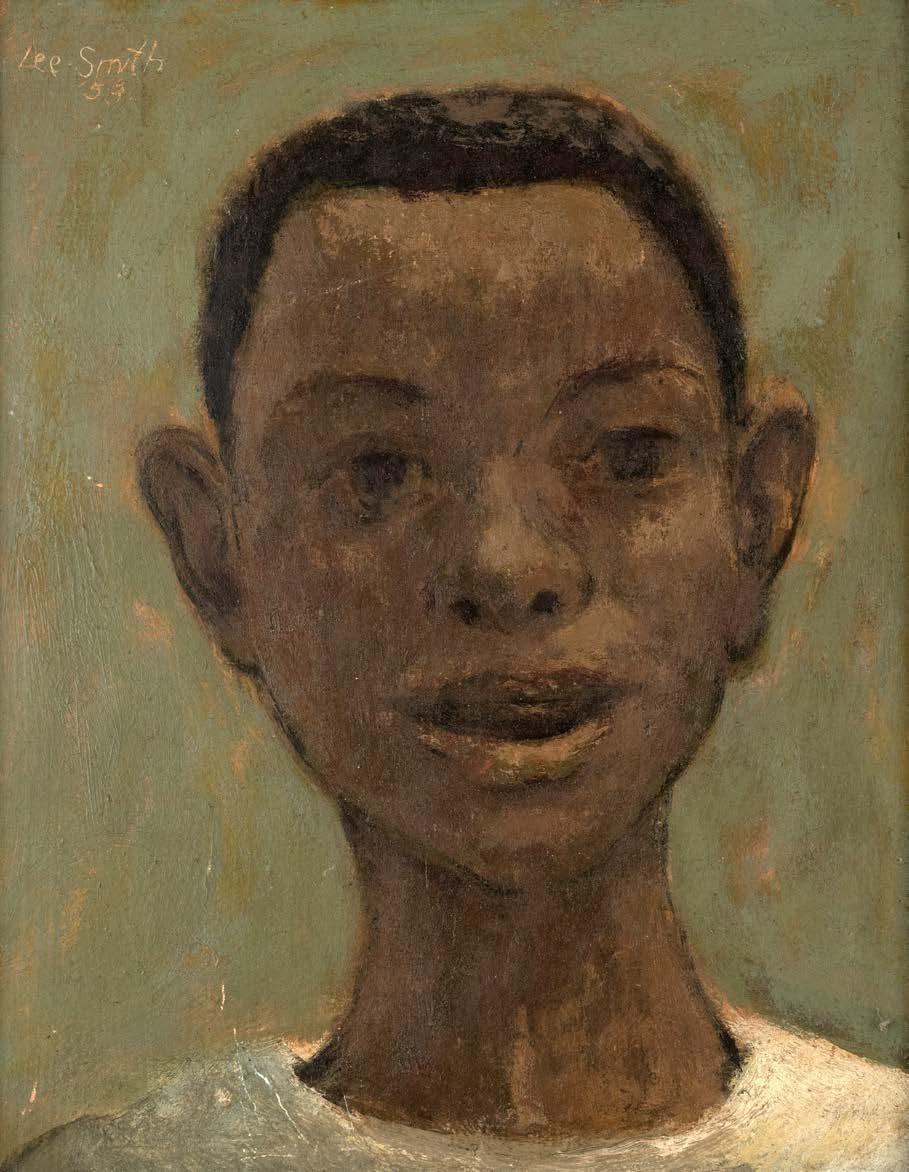
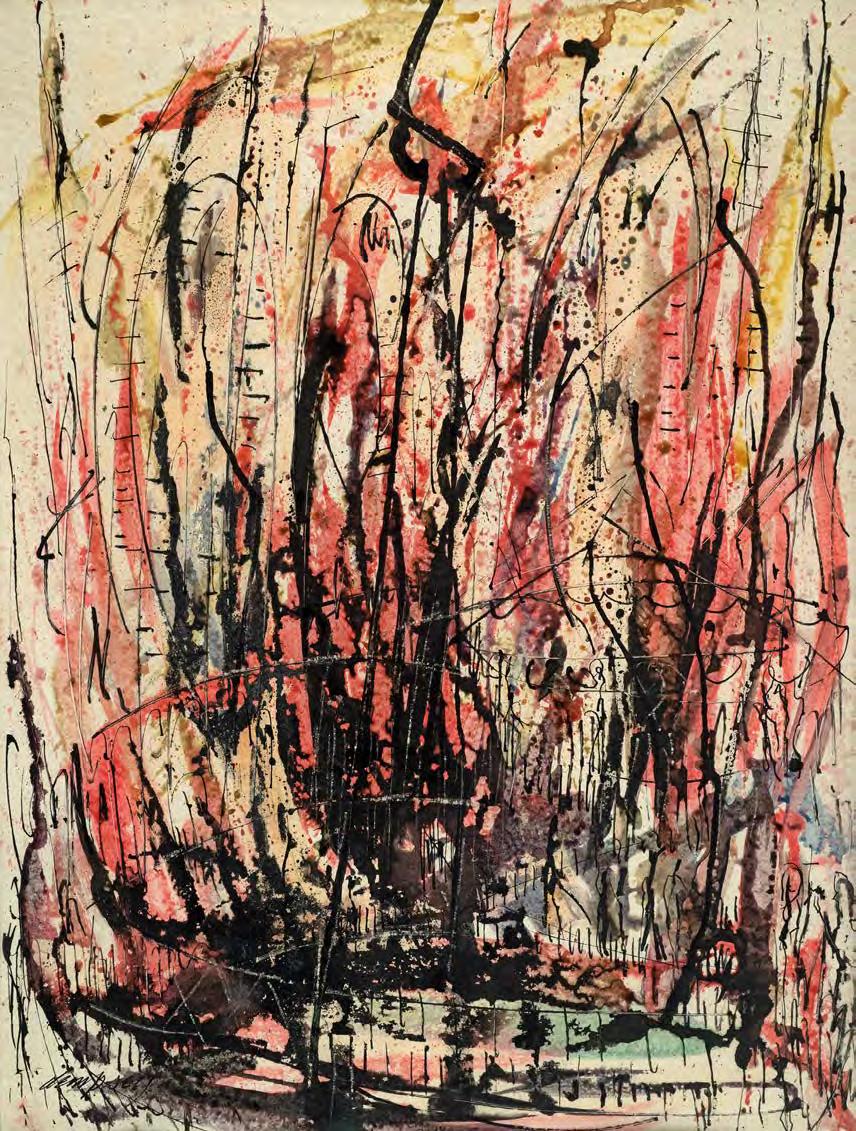
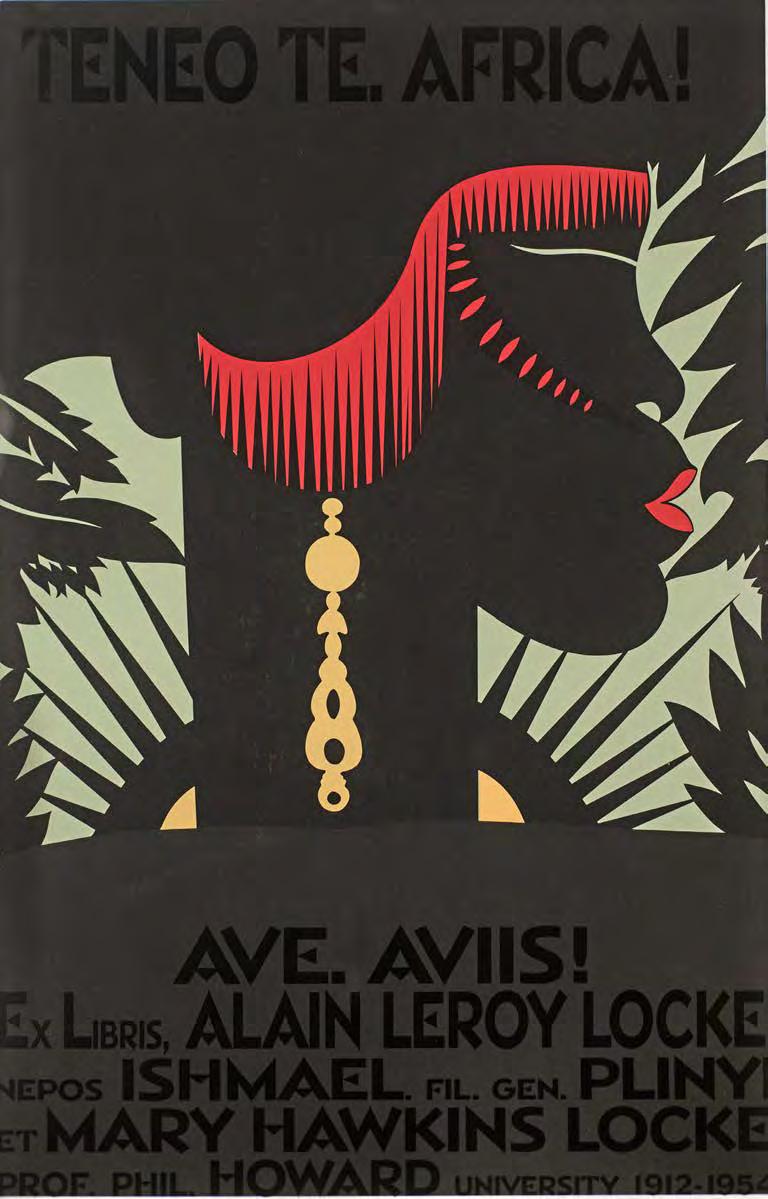

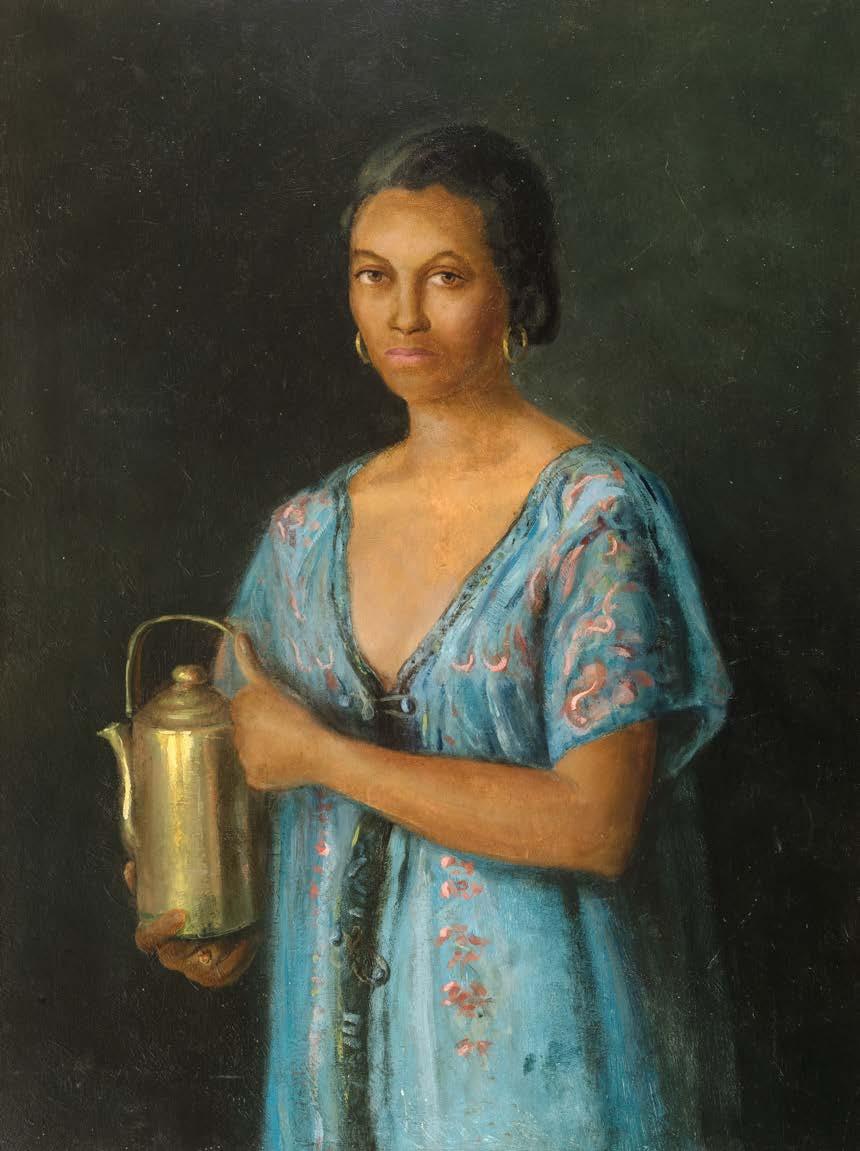


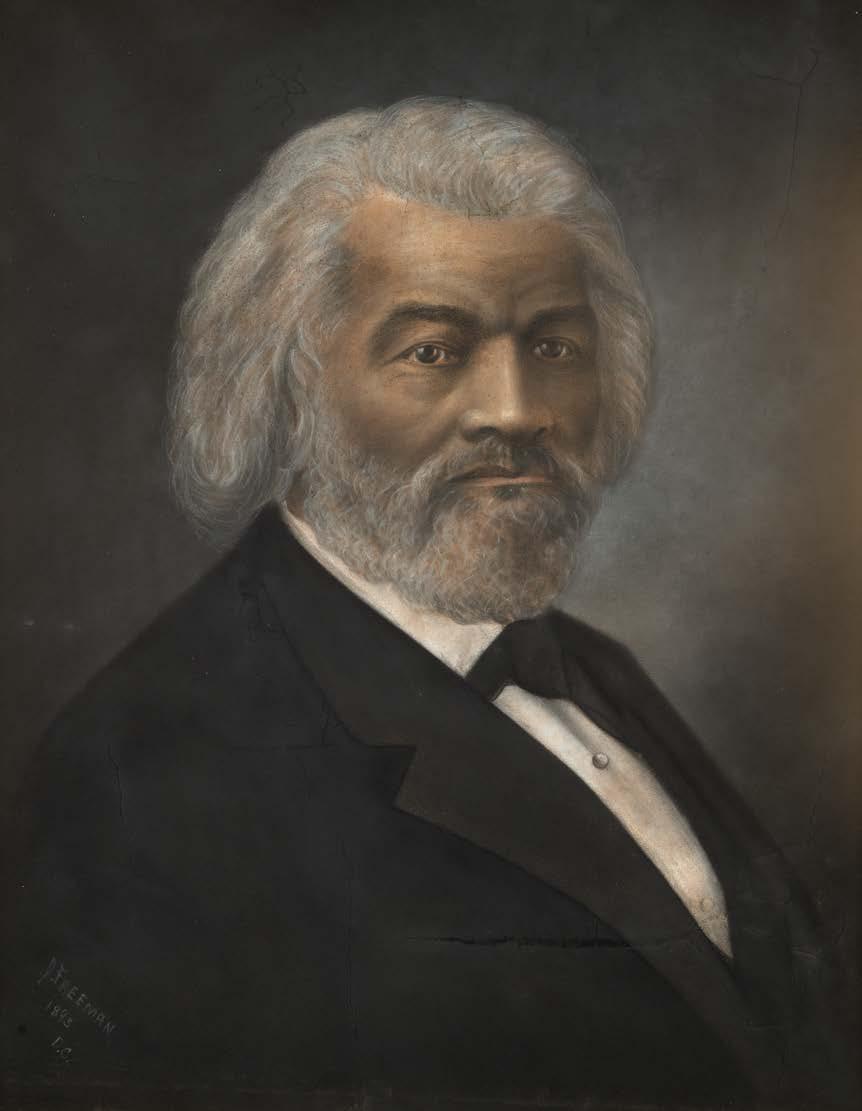
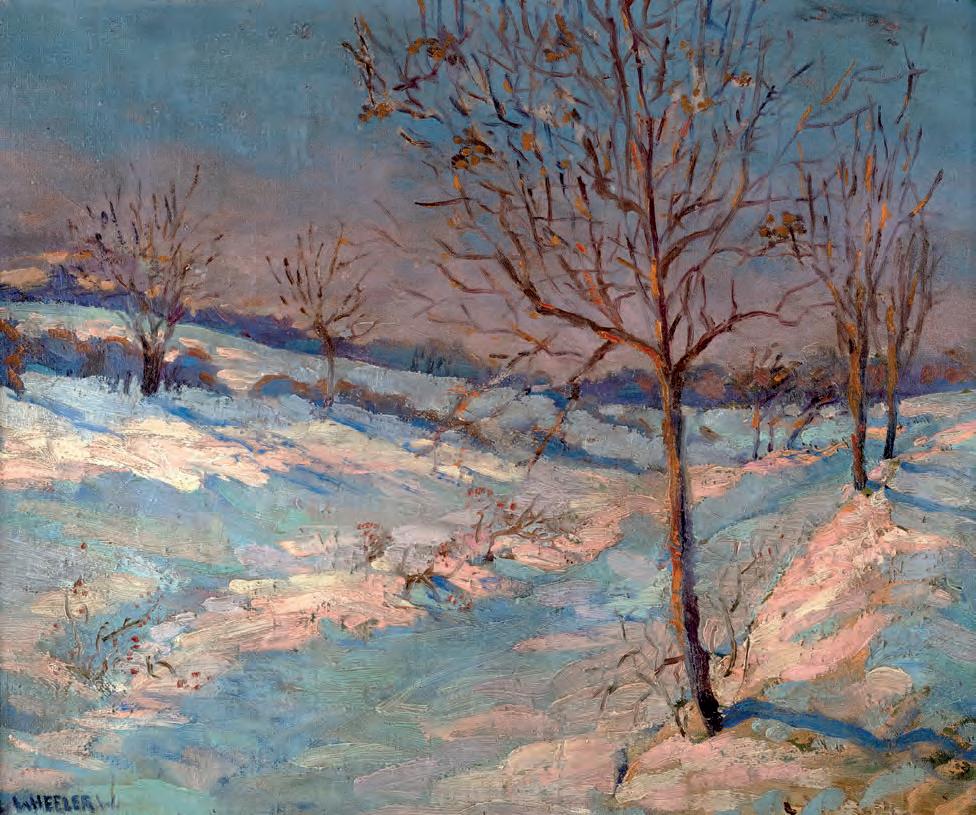
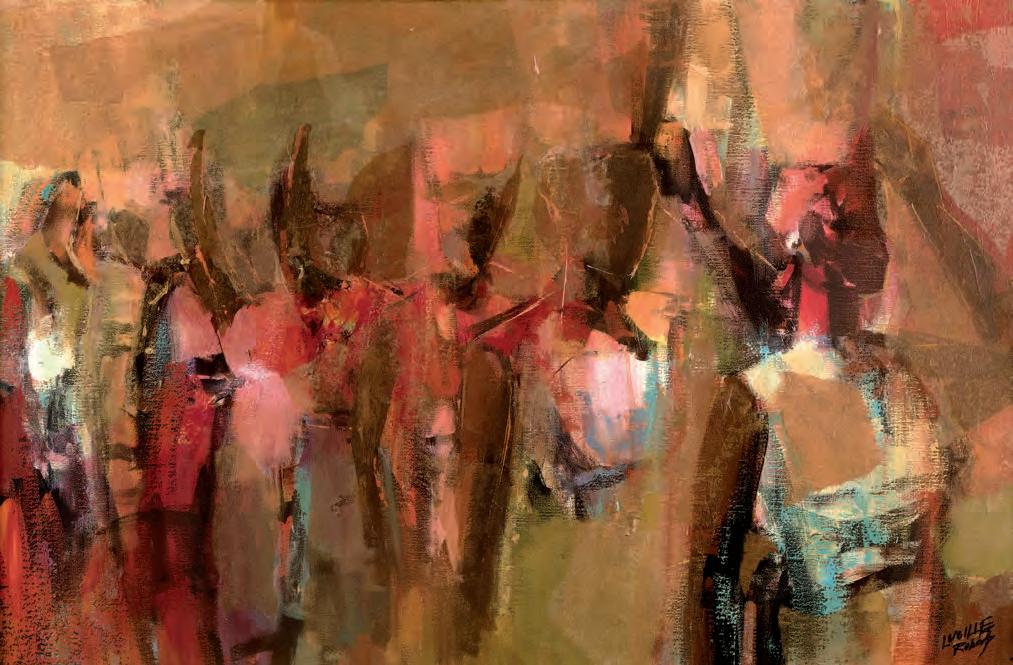
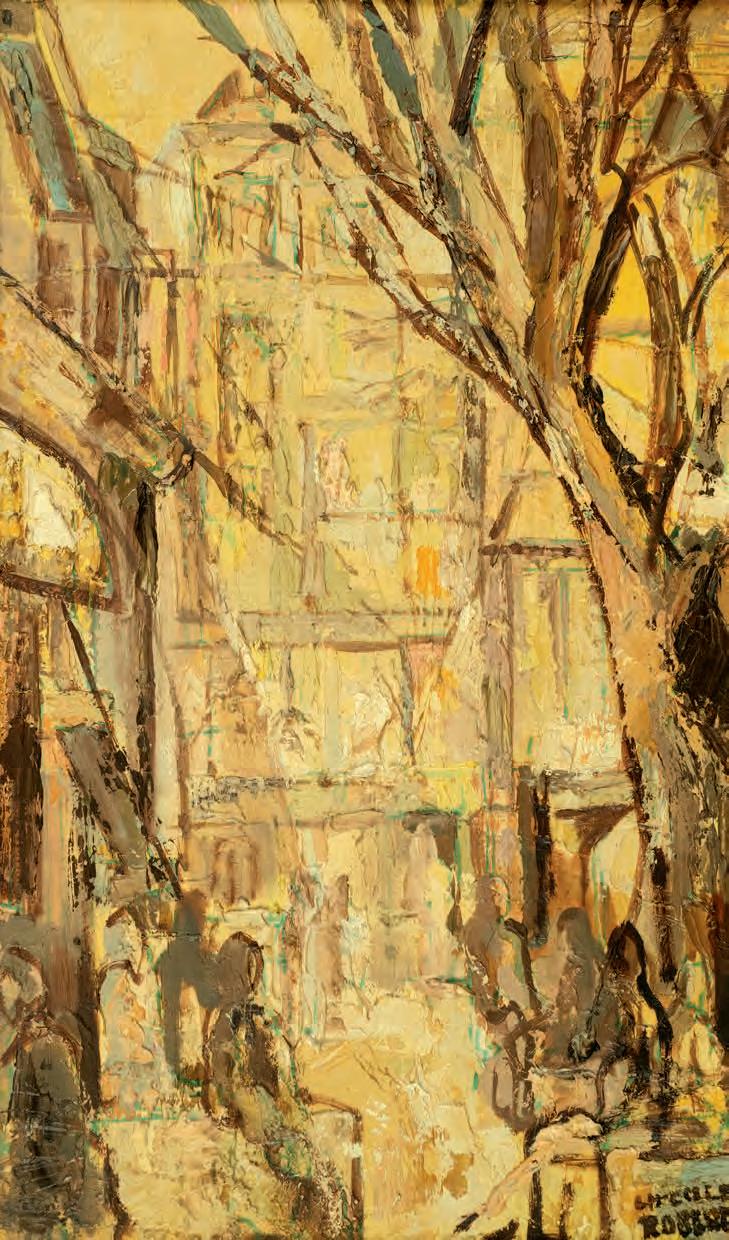
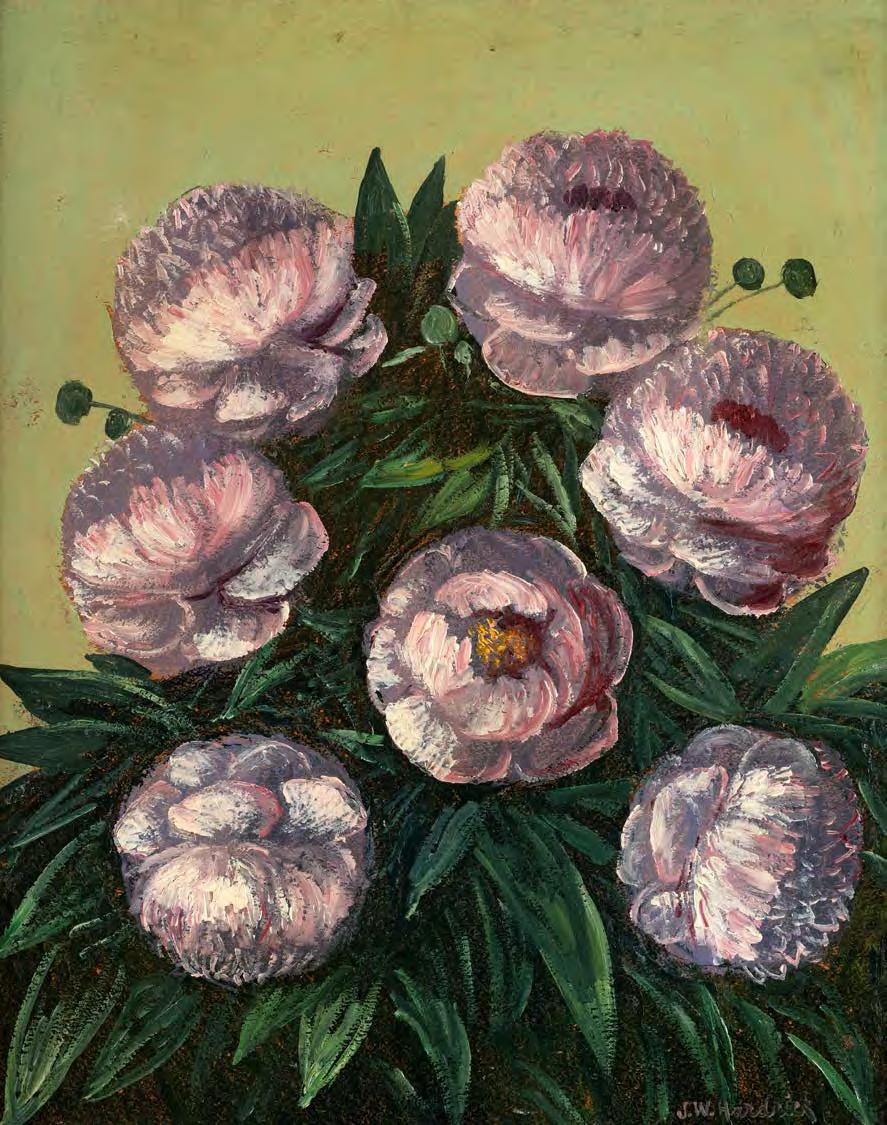

WILMER JENNINGS
UNTITLED (LANDSCAPE), 1928
OIL ON CANVAS 18 X 28 IN.
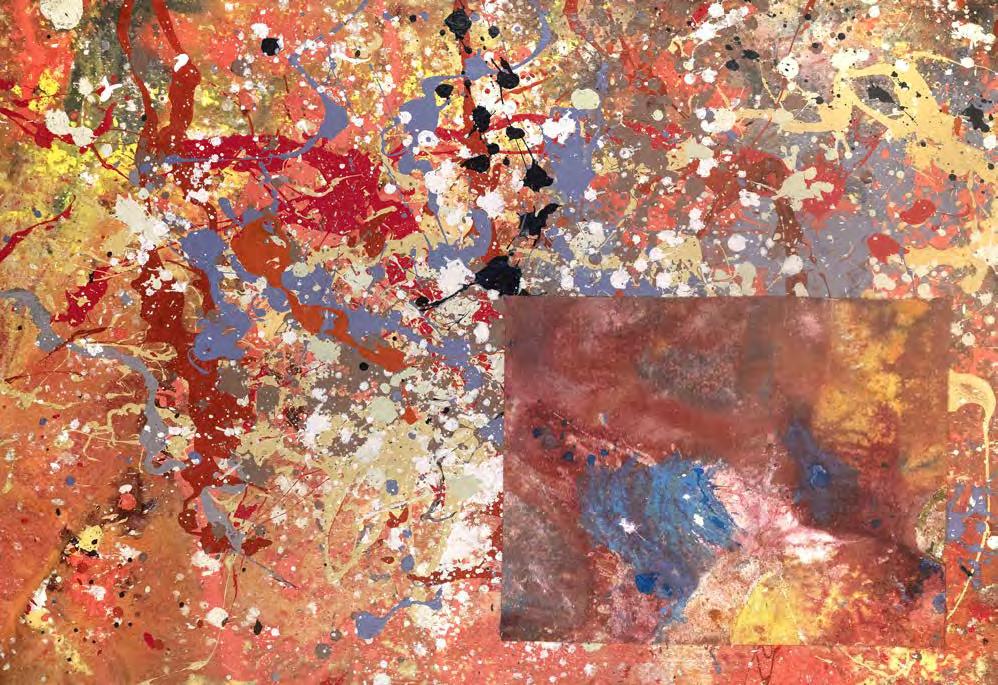
SAM GILLIAM
UNTITLED, 1974
MIXED MEDIA ON PAPER 22 X 32 IN.
MOSE TOLLIVER
UNTITLED (STANDING MAN), N.D.
ACRYLIC ON WOOD
32 X 16 IN.
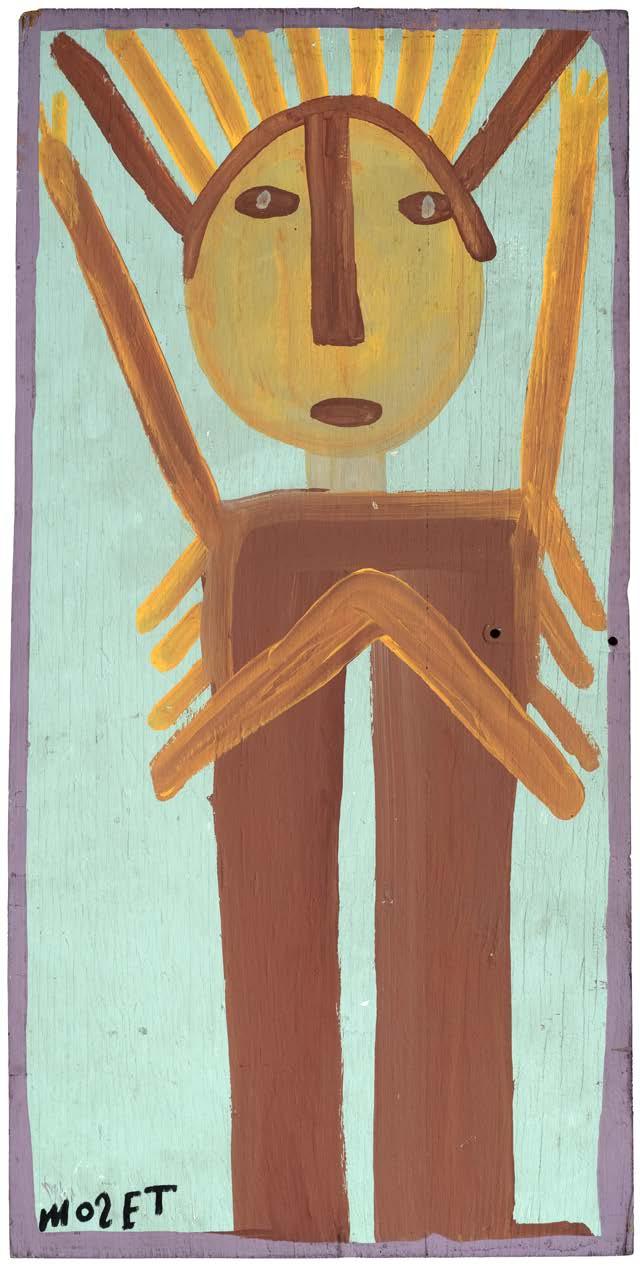


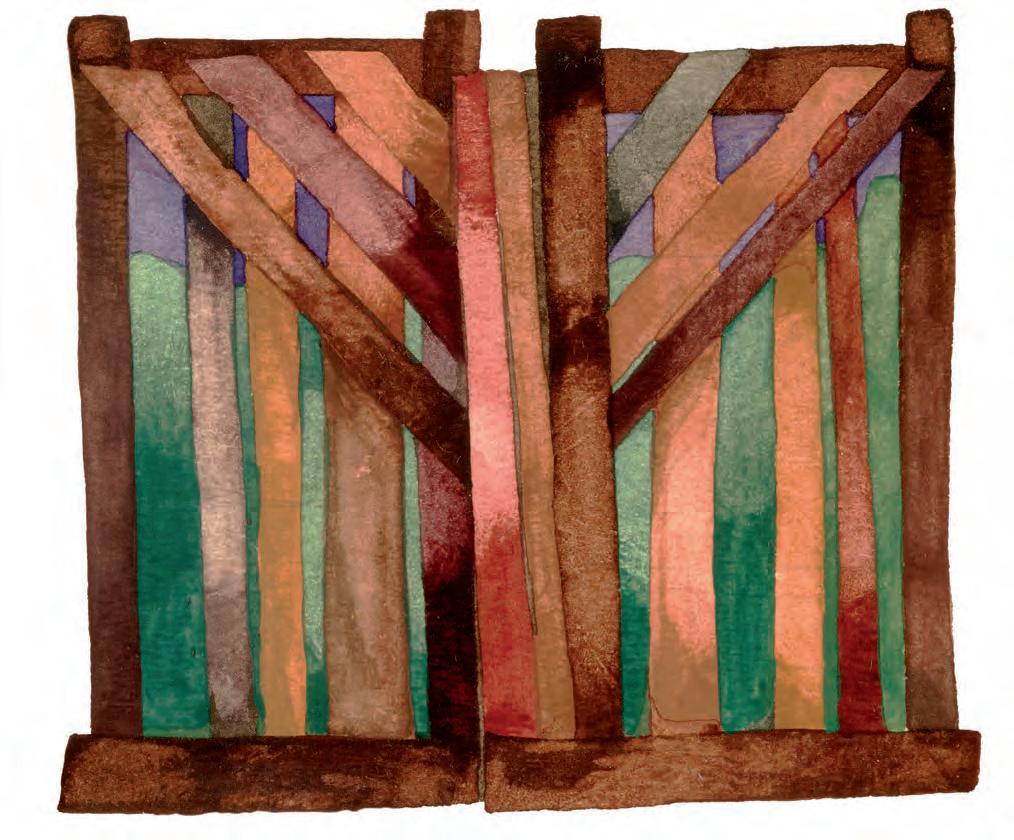
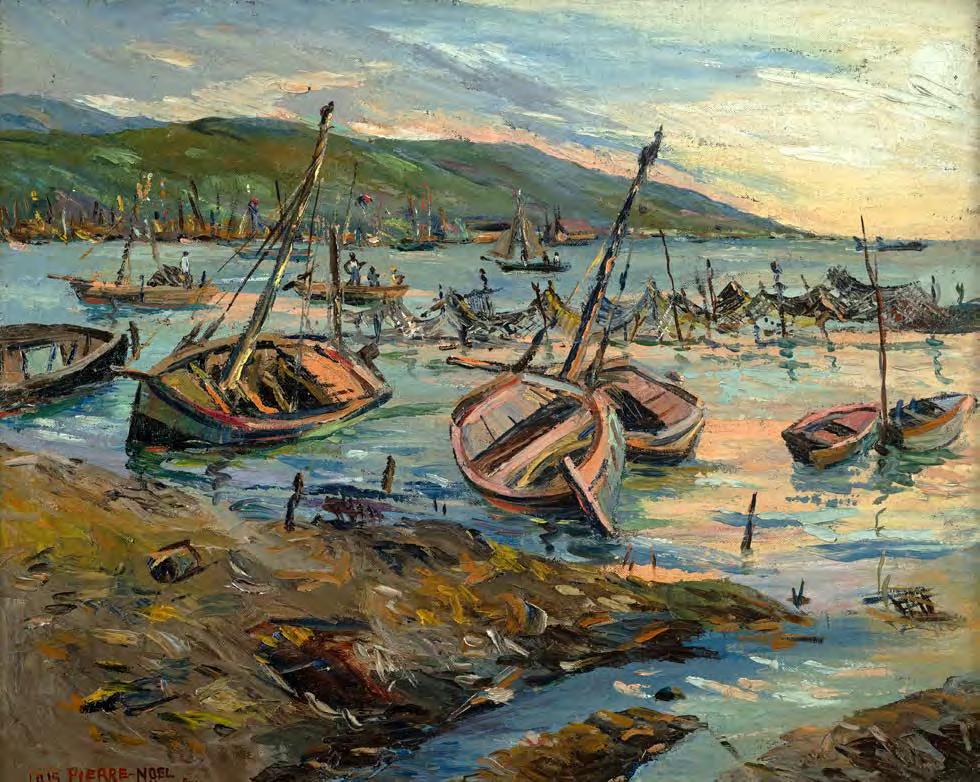
(SIGNED LOIS PIERRE-NOEL)
OIL ON BOARD
22 X 27 IN.

24
30 IN.
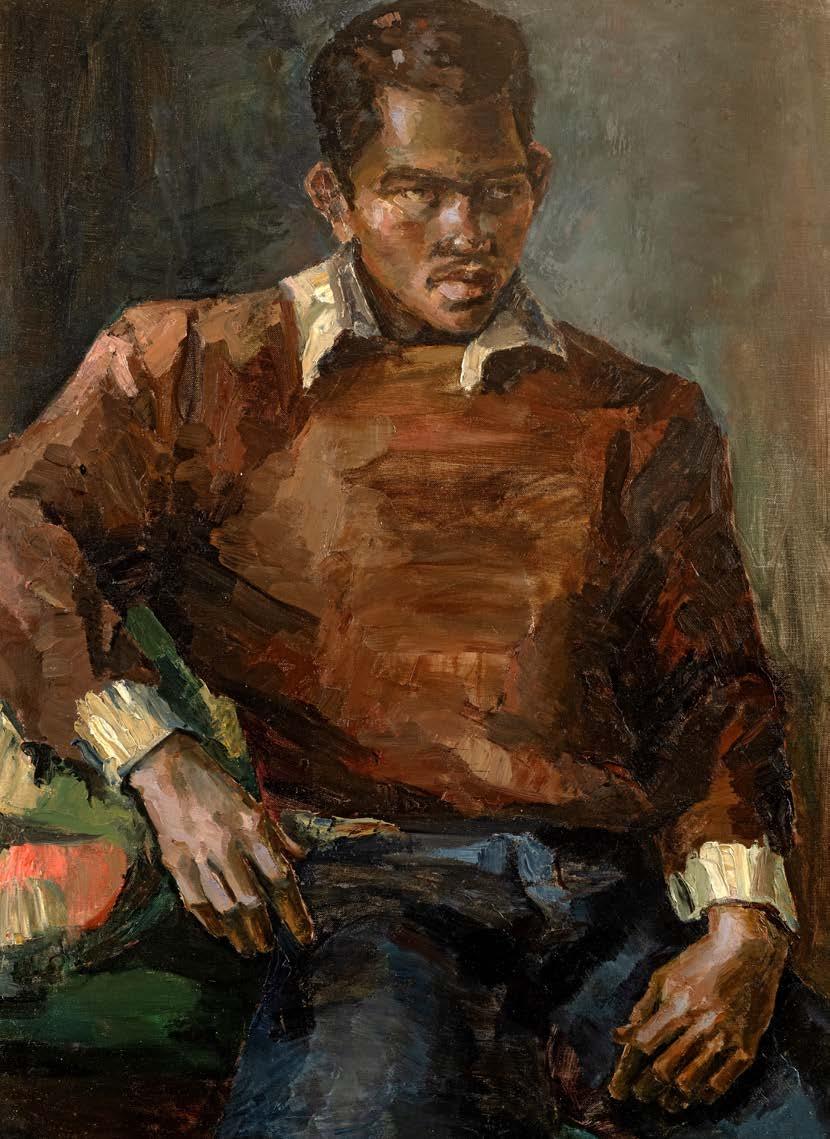
Artist unknown
Teapot Lady, n.d.
acrylic on wood board
40 x 30 in.
Artist unknown
Untitled, n.d.
acrylic on linen
39 x 31 in.
Artist unknown
Untitled (Moorish Scene), n.d. oil on canvas 21 x 31 in.
Artist unknown
Untitled (Woman with Child), n.d.
acrylic on canvas 17 x 13 in.
Artist unknown
Young Langston Hughes, n.d. pastel on paper 17 x 12 in.
Artist unknown
Young Man (Resembling David Driskell), n.d. oil on canvas 28 x 22 in.
Edward Bannister
Untitled (Landscape), n.d oil on board 15 x 20 in.
Romare Bearden
Carolina Interior, Ritual Bayou series (6 collages), 1971 color photolithograph on plywood ed. 17/75, 16 x 20¼ in.
Romare Bearden
Ritual Bayou, Ritual Bayou series (6 collages), 1971 color photolithograph on plywood ed. 17/75, 17 x 20 in.
John T. Biggers
Four Seasons, 1990 color lithograph, ed. 29/120 25 x 33 in.
Michael Anthony Brown
Untitled (African Girl with Big Earrings), 1991 oil on canvas 10 x 8 in.
Samuel Joseph Brown Si Campache, Mexico, DF, n.d. watercolor on paper 13½ x 9½ in.
Barbara Bullock
Untitled, n.d. watercolor on paper 10 x 8 in.
Allan Crite
Untitled, n.d. ink drawing on cream paper 10 x 8 in.
Richard W. Dempsey
Untitled, n.d. watercolor on paper 27 x 20 in.
Aaron Douglas
Untitled (Still Life), 1935 oil on canvas 20 x 24 in.
Ed Dwight Afrique, 1979 bronze, ed. 8/10 21 x 3½ x 2½ in.
Daniel Freeman
Della Bundy, 1898 graphite on paper 24 x 22½ in.
Daniel Freeman
Frederick Douglass 1893, pastel on board 27 x 22 in.
Daniel Freeman
John Mercer Langston 1893, pastel on board 29 x 24 in.
Alice Taylor Gafford Caught Cheating (Clowns), n.d. oil on board 24 x 30 in.
Sam Gilliam Untitled, 1974 mixed media on paper 22 x 32 in.
John W. Hardrick Untitled, n.d. oil on canvas 20 x 16 in.
Earl Hooks
Woman Face, n.d. ceramic with paint 9½ x 4½ x 5 in.
Herbert House
Untitled, n.d. welded steel 34 x 11 x 7½ in.
Doris E. Hughes
Untitled, 1989 acrylic on canvas 30 x 36 in.
Wilmer Jennings
Untitled (Landscape), 1928 oil on canvas 18 x 28 in.
Lois Mailou Jones (signed Lois Pierre-Noel) Haiti, 1954 oil on board 22 x 27 in.
Lois Mailou Jones (signed Lois M. Jones) Untitled (Boat and House), 1944 watercolor on paper 11½ x 15 in.
Lois Mailou Jones
Untitled (House), 1940 watercolor on paper 14 x 19 in.
Lois Mailou Jones
Veve Vodou III, 1997 color screenprint, ed. 57/150 30 x 38 in.
Simmie Knox Harriet Tubman, 1980 acrylic on canvas 26 x 24 in.
Artis Lane
Untitled (Man with Beard), 1979 oil on linen 30 x 24 in.
Jacob Lawrence
Builders No. 3, Builders series, 1974, color screenprint, ed. 131/150 30 x 22¼ in.
Hughie Lee-Smith
Untitled (Young Boy), 1953 oil on board 10 x 8 in.
Russell Link
Untitled (Farmer), 1953
acrylic on canvas 28 x 22 in.
Frank Morrison
Warm Up, n.d.
acrylic on canvas 23 x 17 in.
Delilah Pierce
Eventide Debate, n.d.
acrylic on canvas 24 x 20 in.
Delilah Pierce
Harborside Piles, n.d.
acrylic on linen 48 x 16 in.
James Amos Porter
Untitled (Flowers in Vase), n.d. watercolor on paper 16 x 10 in.
Lucille “Malkia” Roberts Paris City Scene, n.d. oil on linen 22 x 13 in.
Lucille “Malkia” Roberts
Untitled, n.d. oil on canvas 24½ x 36½ in.
John N. Robinson
Untitled, n.d. watercolor on paper 22 x 15 in.
John N. Robinson
Untitled (Pink Flower), 1988 acrylic on paper 15 x 11 in.
John N. Robinson
Untitled (Yellow Flowers), n.d. acrylic on paper 22 x 18 in.
Alison Saar
Man/Club, n.d. woodcut and linocut, ed. 19/20 45 x 23 in.
Charles Sebree
African American Girl, 1970 acrylic on board 5½ x 4½ in.
Charles Sebree
Pensive Harlequin, 1952 gouache on paper 6½ x 5¼ in.
Charles Sebree
Untitled (Lady with Cup), n.d. woodcut 10 x 7 in.
Charles Sebree
Untitled (Oval Shape Face), 1952 gouache on paper 10 x 8 in.
Joe Selby Boat, 1946 acrylic on board 14 x 24 in.
Lou Stovall
After Aaron Douglas, 1997 silkscreen, ed. 186/225 27 x 17 in.
Alma Thomas Untitled, 1960 watercolor on paper 15 x 21¾ in.
Alma Thomas (unsigned) Untitled (Blue), n.d. watercolor on paper 19½ x 23⅓ in.
Mildred Thompson Tampa, 1974 watercolor on paper 5⅜ x 5 in.
Dox Thrash
Nude, n.d. carborundum mezzotint 10 x 15 in.
Mose Tolliver
Untitled (Standing Man), n.d. acrylic on wood 32 x 16 in.
Laura Wheeler Waring
Untitled (Winter Landscape), n.d. oil on canvas 15 x 18 in.
James Lesesne Wells
Landscape with House, 1945 linocut on cream paper, 7 impressions, 10¼ x 9 in.
University of Maryland Global Campus was founded more than 75 years ago specifically to serve the higher education needs of working adults and military servicemembers. Today, UMGC is the largest provider of postsecondary education in Maryland and continues its global tradition with online and hybrid courses, more than 175 classroom and service locations worldwide, and more than 135 degrees and certificates backed by the reputation of a state university and the University System of Maryland. For more information, visit umgc.edu.
Since 1978, UMGC has proudly shown works from a large collection of international and Maryland artists at its headquarters in Adelphi, Maryland, a few miles from the nation’s capital. Through its Arts Program, the university provides a prestigious and wide-ranging forum for emerging and established artists and brings art to the community through special exhibitions and its own collections, which have grown to include more than 2,900 pieces of art.
Artworks are on display throughout the College Park Marriott Hotel & Conference Center and the Administration Building in Adelphi. The main, lower-level gallery in Adelphi is open to the public from 9 a.m. to 9 p.m. seven days a week, and the Leroy Merritt Center for the Art of Joseph Sheppard is open to the public from 9 a.m. to 7 p.m. seven days a week. More than 75,000 students, scholars, and visitors come to the Adelphi facilities each year.
The UMGC Arts Program is dedicated to furthering the university’s objectives by creating a dynamic environment in which our diverse constituents, including students and the general public, can study and learn from direct exposure to our art collections, exhibitions, and educational programs.
Director, Arts Program:
Eric Key
Guest Curators:
Franklin Jackson and Barry Lester
Curator:
Treston Sanders
Editors:
Sandy Bernstein, Beth Butler, Barbara Reed
Senior Web and Graphic Design Manager: Olya Kalatsei
Senior Web and Graphic Designer: Jennifer Norris
Senior Account Manager: Laurie Bushkoff
Print Production and Vendor Relations Manager: Scott Eury
Fine Arts Technician: René A. Sanjines
Administrative Assistant: Tawanna Manago
Artwork photography by Greg Staley unless noted otherwise.
COVER ARTWORK:
FRONT: Charles Sebree, African American Girl, 1970, acrylic on board, 5½ x 4½ in.
BACK: Earl Hooks, Woman Face, n.d., ceramic with paint, 9½ x 4½ x 5 in.
Catalog published in conjunction with the exhibition Searching for Cultural Identity:
The Collection of Jerome Gray and Brenda Sayles
UMGC Arts Program Gallery November 9, 2025–February 1, 2026
© 2025 University of Maryland Global Campus. All rights reserved. Copyright credits and attribution for certain illustrations are cited internally proximate to the illustrations.
ISBN: 979-8-9932665-1-0
umgc.edu/art
